Date: 7 August 2021 / League: Polish fifth tier
Final Score: 3-0 / Attendance: approx. 300
In A Nutshell
Largely forgotten by the Lublin public, this friendly club plies its football inside a historic stadium that today resembles, more than anything else, a demolition site. You will not visit for the atmosphere, but you will visit to bathe in the blissful, lazy pleasures of lower league footy.
The Club
Formed in 1921, there’s no sports club that’s older in the city of Lublin – but a fat lot of good that’s done KS Lublinianka. Having played under 13 different names in all (their current title dates from 2013), the side’s biggest success has been a sole quarter final appearance in the cup in 1970, and eleven seasons in the second tier.
Last appearing at that level in the mid-90s, the last few years have seen the club firmly entrenched in the regional dungeons of Polish football – as it stands, it’s hard to imagine them escaping in a hurry.
Stadium Backstory
Complex. Formerly the site of a Jewish cemetery, the graves were cleared during the war by Jewish slave labour and in their place a Nazi sports complex was constructed – of the prisoners that worked on this stadium’s construction, and in the neighbouring Sportsplatz labour camp, only one is know to have survived to see peace.
After the war, football was reintroduced to this stadium in 1952, but whilst big crowds were not unknown, locals reserve a special place in their heart for Lech Walesa’s appearance at the ground in 1981. Visiting at the height of the Solidarity protests, Walesa delivered an impassioned address to an adoring crowd of several thousand. Though the end of communism still lay years away, the seeds of political change had already been planted.
First Time Foray
I first visited this stadium in 2017 – and by accident. There I was exploring the district when a football ground popped into view. A relic of bygone times, it was little more than a U-shaped ruin: bereft of the benches that once filled them, its concrete banks were simply a mangle of rubble and rubbish and vast empty spaces – beautiful.
And Next…
By the time of my next visit, 2021, changes were afoot. With the stadium managed independently of the club by the Municipal Sports and Recreation Centre, the old concrete banks had been ripped away ahead of an ambitious plan to replace them with a neat and modern 2,000 seater stand. But no so fast – having demolished the historic stands, it dawned on the municipality that they didn’t have a pot to piss in. In essence, the stadium’s tenant, Lublinianka football, had been left high and dry.
Onto Now
The stadium situation has seen no shortage of finger pointing, buck passing and general recriminations – put bluntly, around PLN 25 million (approx. GBP 4.5 million) is needed before work can recommence on the stadium, so it’s unlikely anything will happen soon.
In the meantime, Lublinianka have made the most of their lot by erecting a 400-seat stand perched on flimsy-looking scaffolds, whilst also covering the destroyed stands with tarpaulins and adding a striking XL mural to the tenement that serves as their changing rooms and HQ. All things considered, they’ve done a good job given the bad hand they’ve been dealt.
As for the experience, I can’t offer any real insights – I turned up on 90 minutes to see the final few kicks of the game so have no idea what atmosphere their fans can offer. I guess not much in view of their crowd – lots of mums, kids, old blokes and normal looking blokes that just want to watch football.
Around The Ground
It’s my favourite part of Lublin by a long way, and well worth hanging around. First up, you’ve got the CSK cultural centre, a giant glass block featuring vertiginous sky walks, rooftop gardens, contemporary art galleries and one of my fave bars in town – Wielokran, a Scandinavian space run by one of the nation’s top craft breweries, Browar Zakladowy.
Acting as a buffer between that and the stadium is Saski Gardens, an elegant 19th century park filled with curling pathways and shaded alcoves. But it’s the recent history that fascinates me so much. Closed off to Poles, this whole area became known as the SS Quarter and served as the administrative heart of the Holocaust. It was here that the death camps of Belzec, Sobibor and Treblinka were ‘managed’, with much of the slaughter planned at what is now the Collegium Iuridicum law school.
Christian Wirth, the inspector of these camps lived at the rickety cottage on Wieniawska 7, while Odilo Globocnik, one of the Holocaust’s prime perpetrators, resided at Lubomelskiej 4-6. The swanky office building standing slap, bang between these addresses was formerly the site of the SS brothel, bar and bowling alley and was only dismantled a few years back.
There’s many more dark places such as this to see, and should you be interested in doing so I’d recommend getting your hands on Martin Winstone’s epic book ‘Holocaust Sites of Europe’. After, ponder what you’ve seen in the Dziki Wschod craft beer bar – it’s one of my essential stop-offs in town.

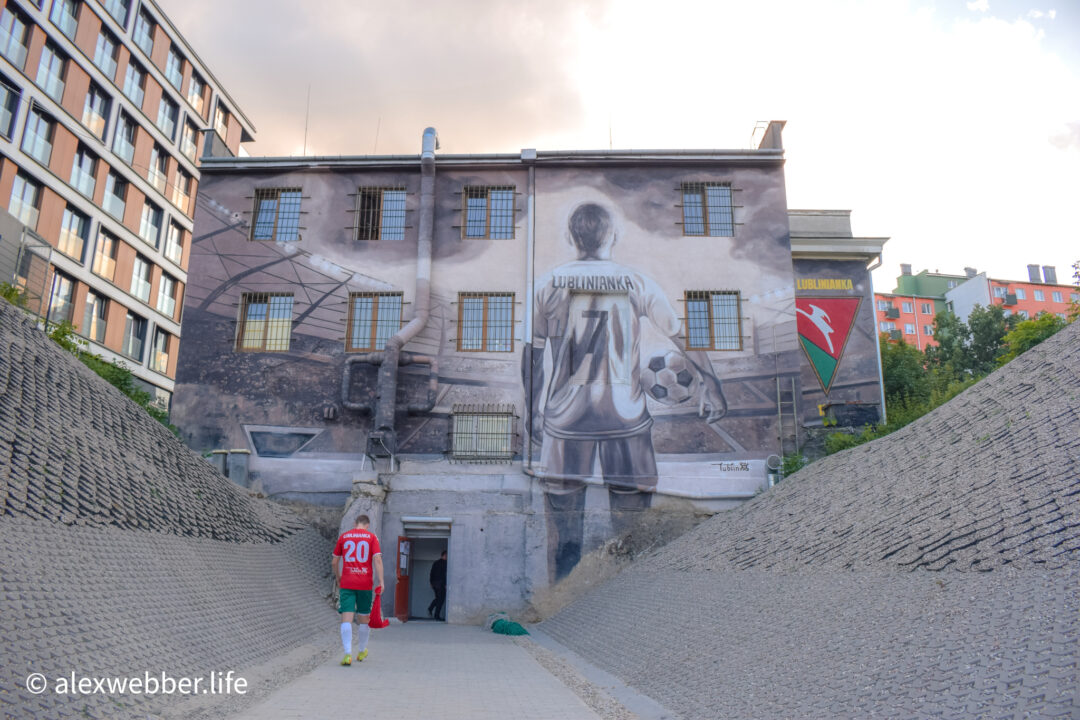
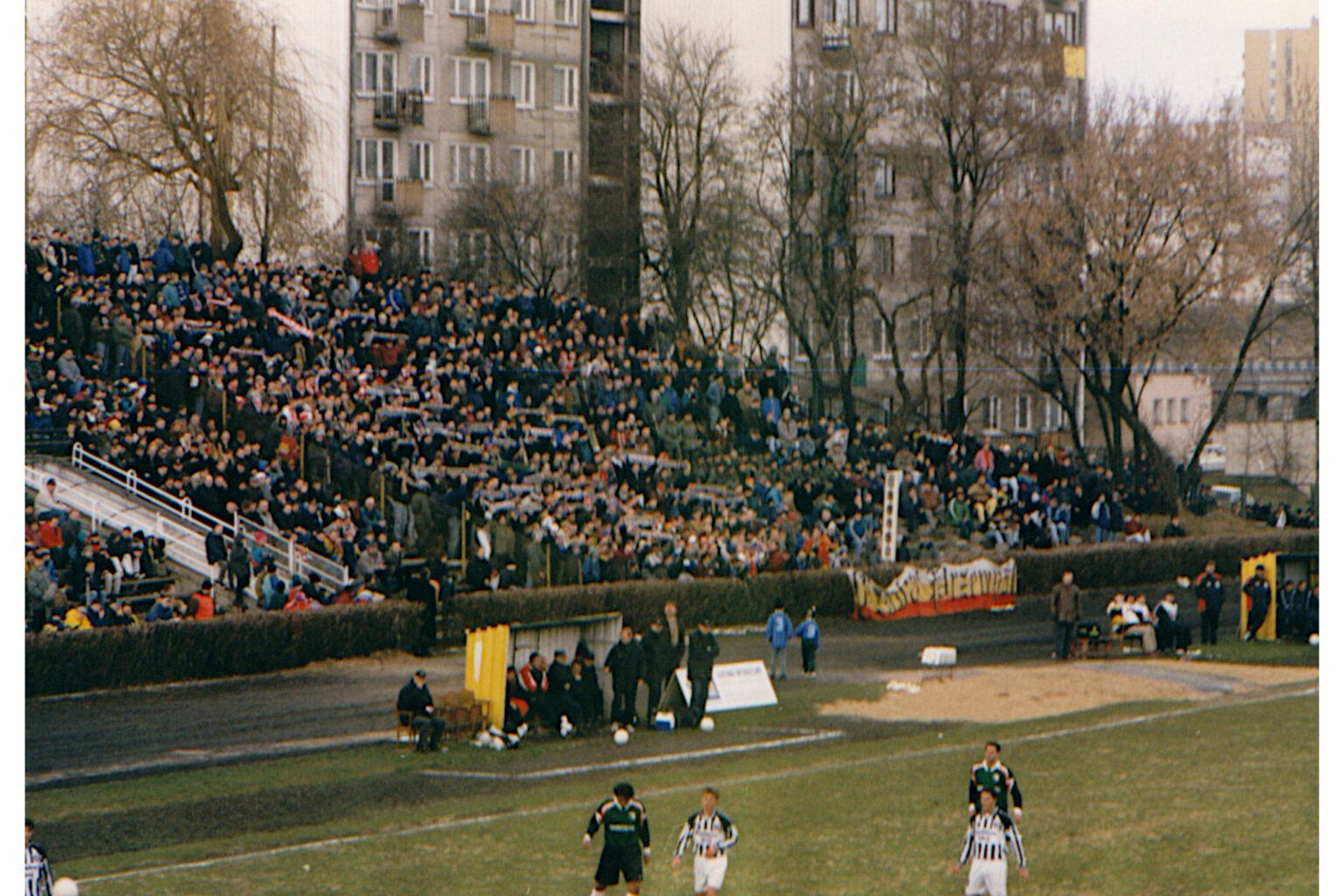
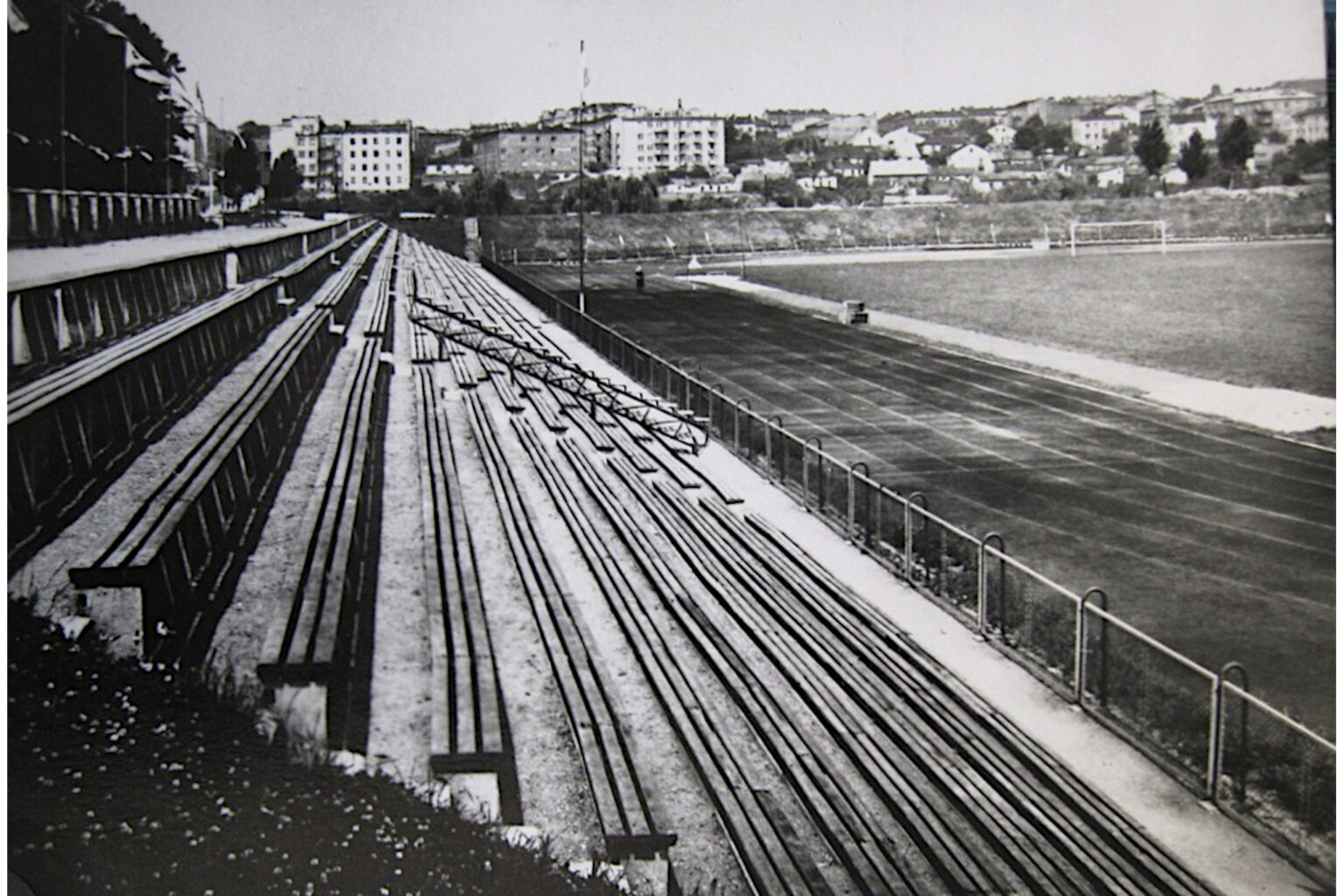

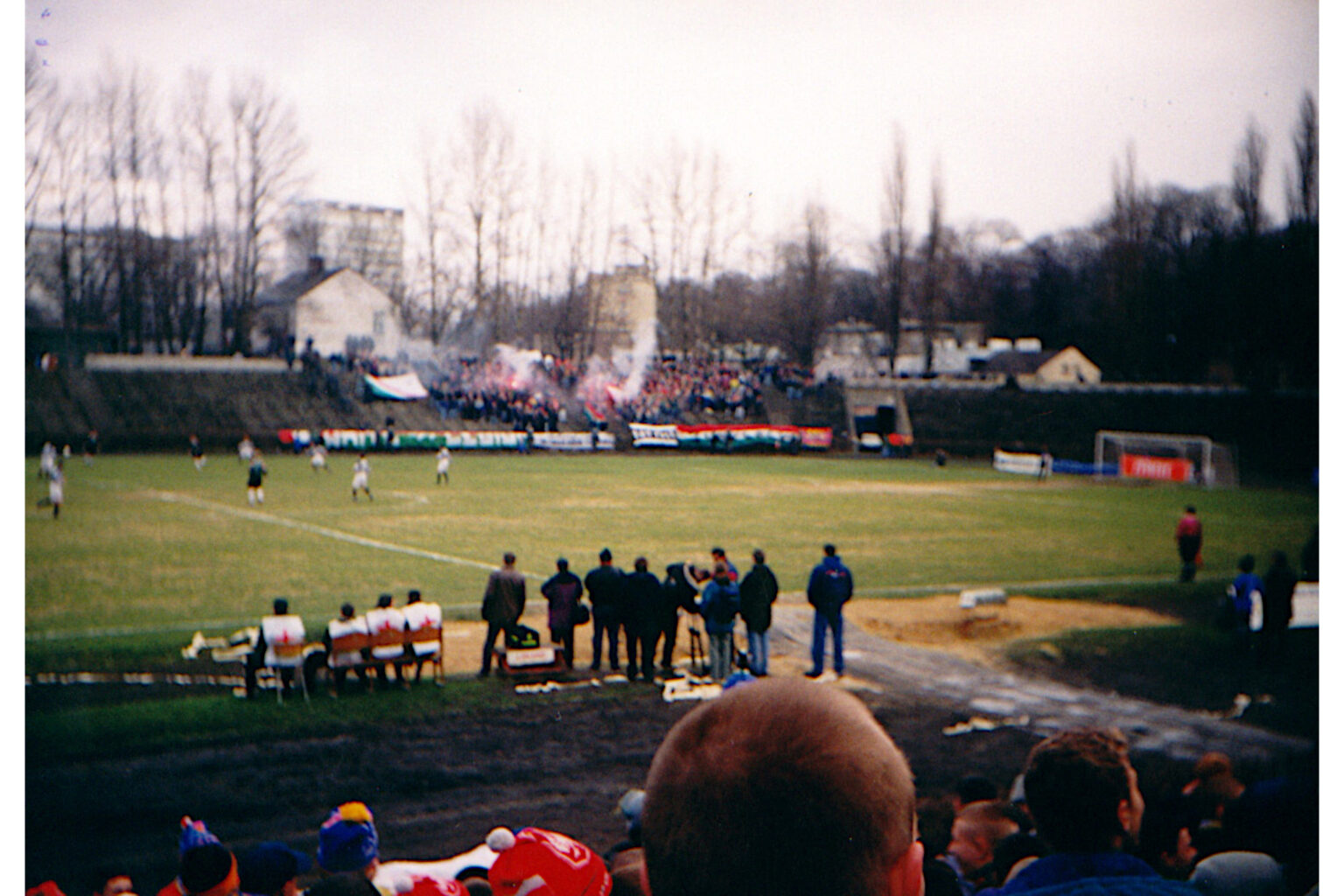

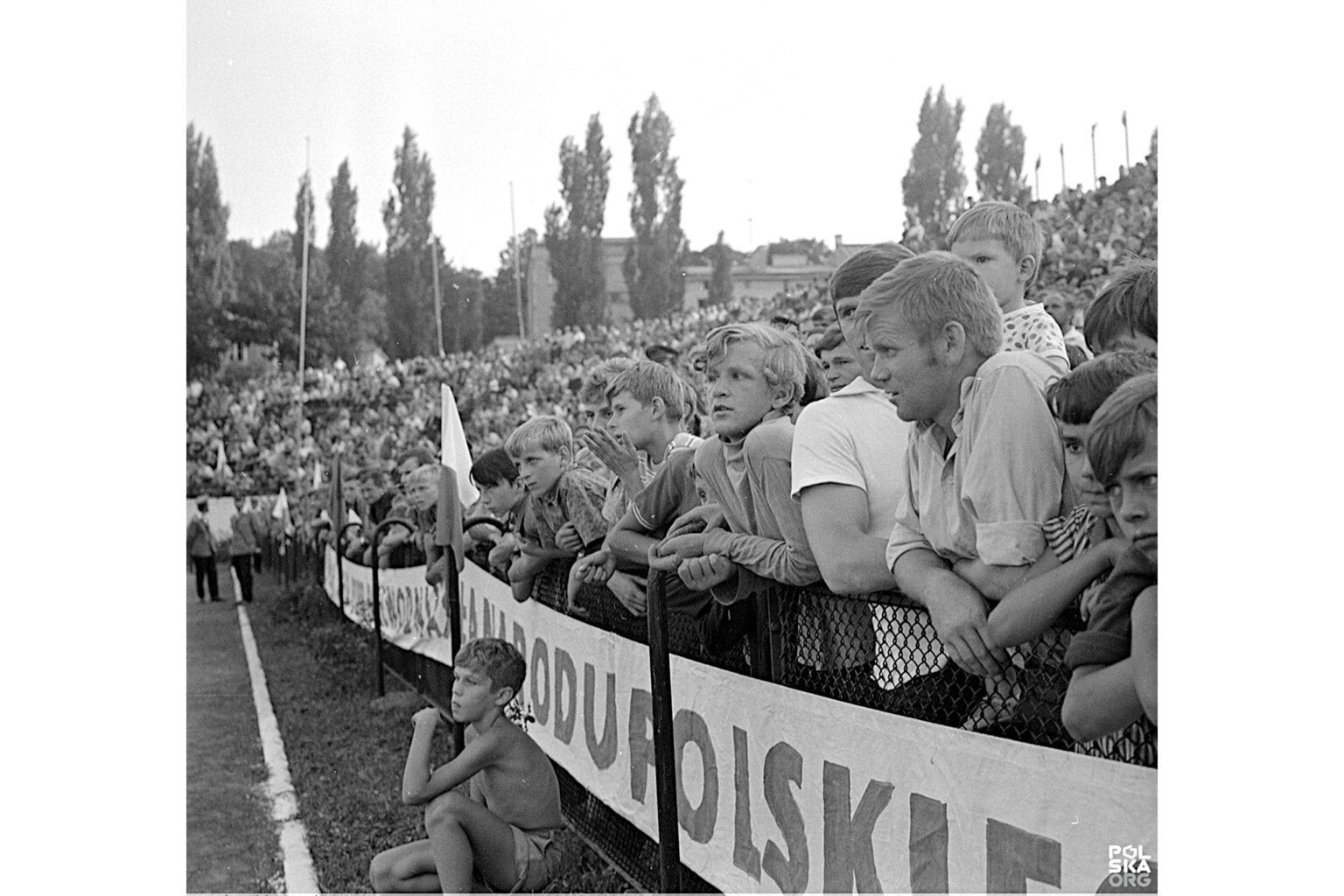
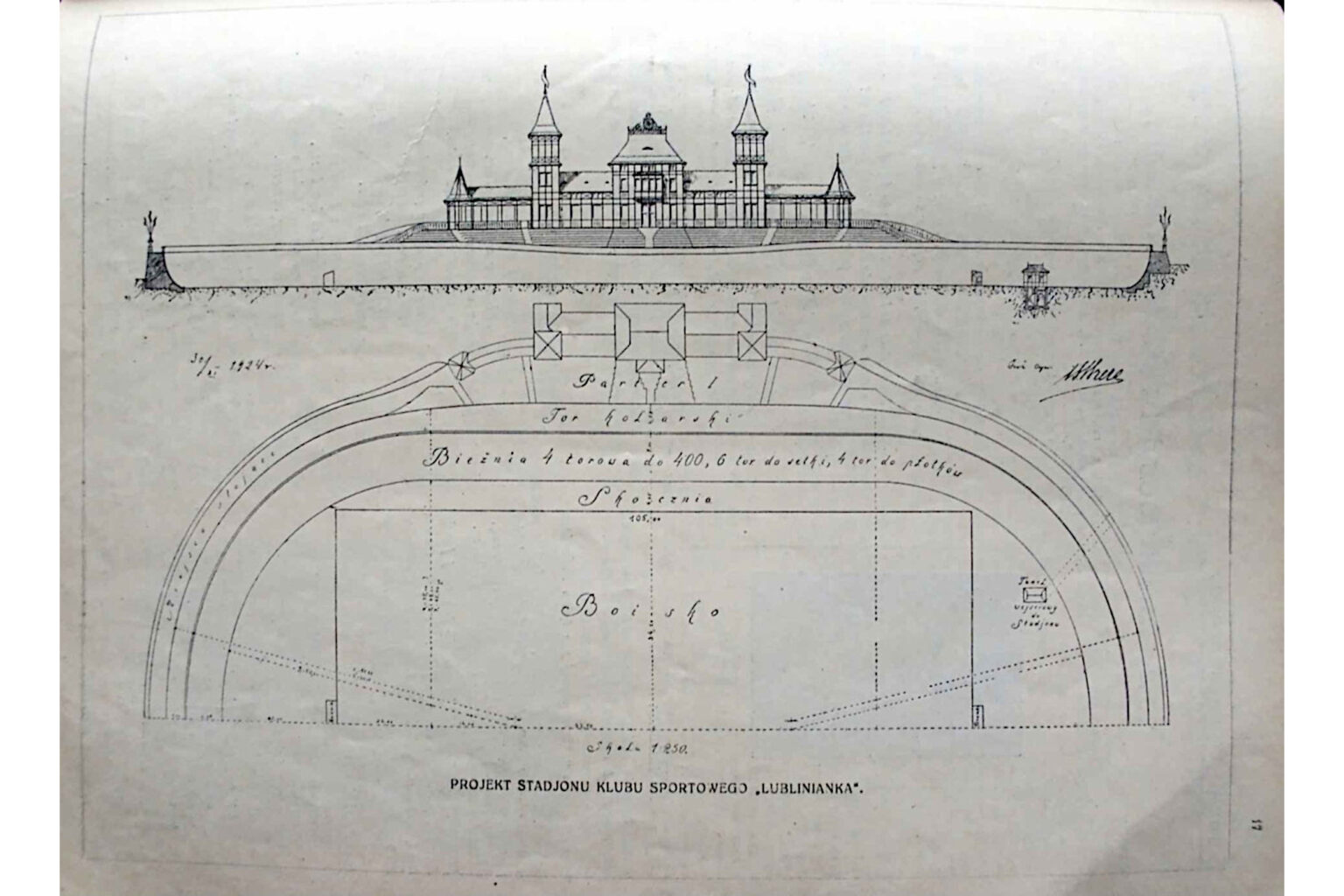
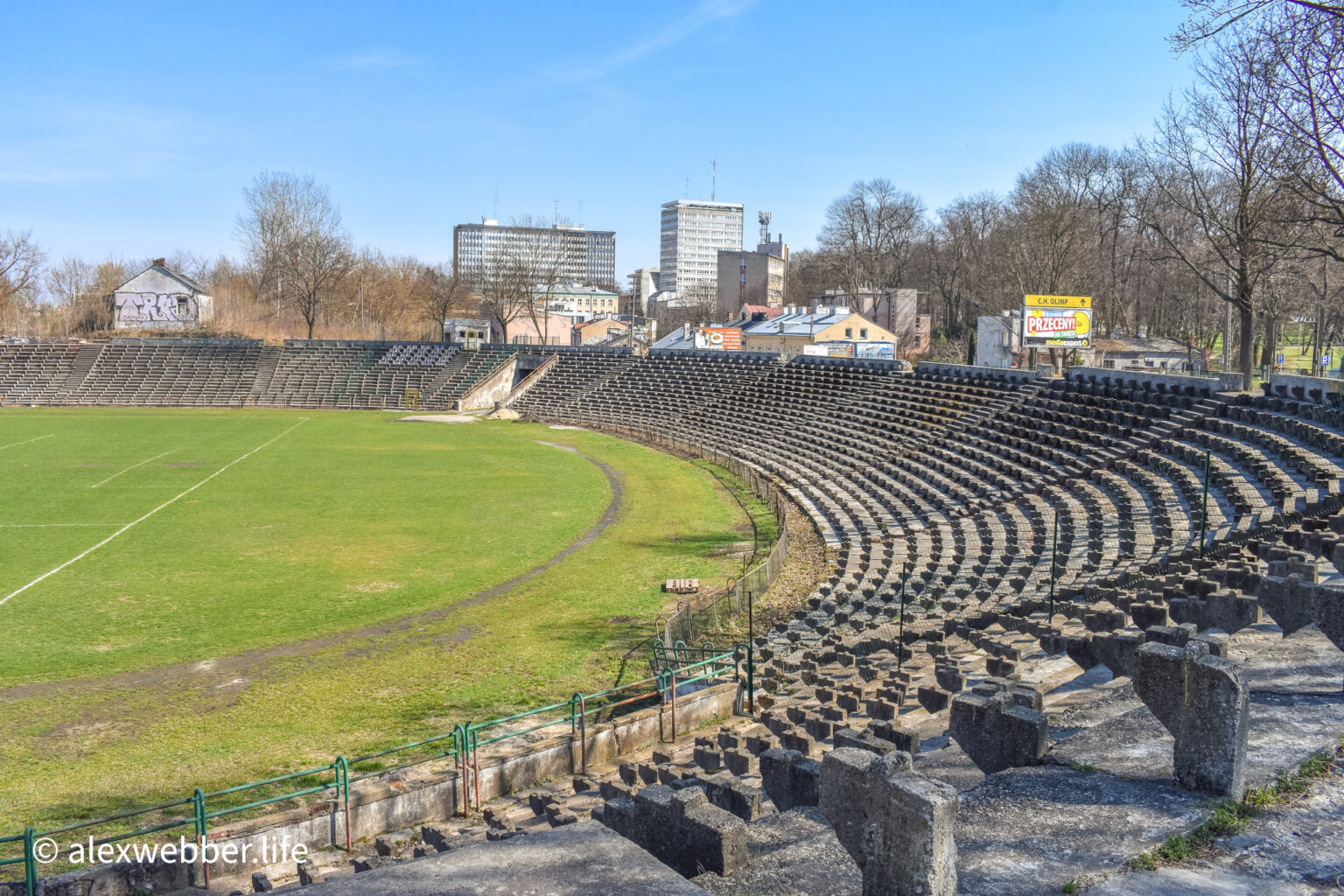

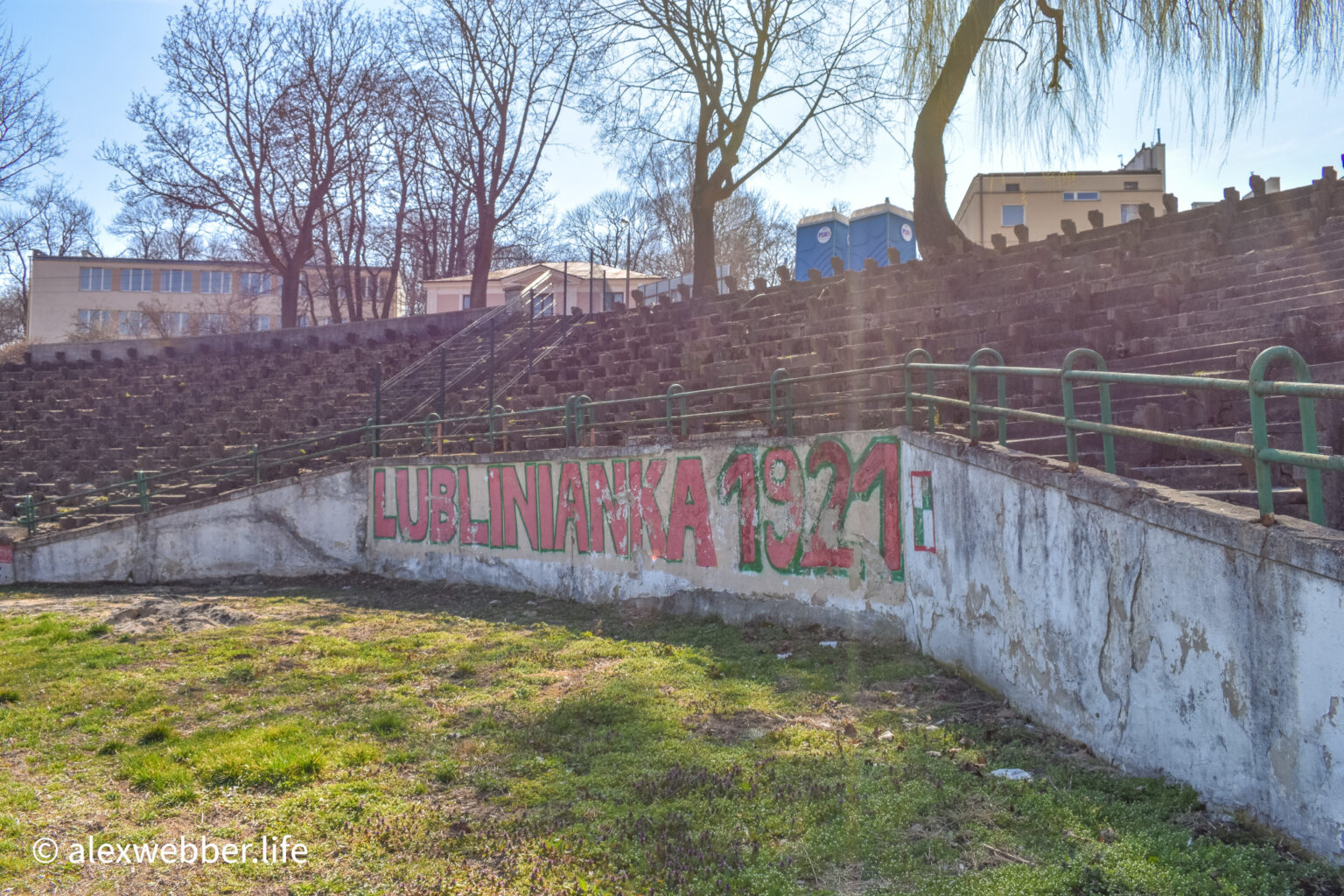

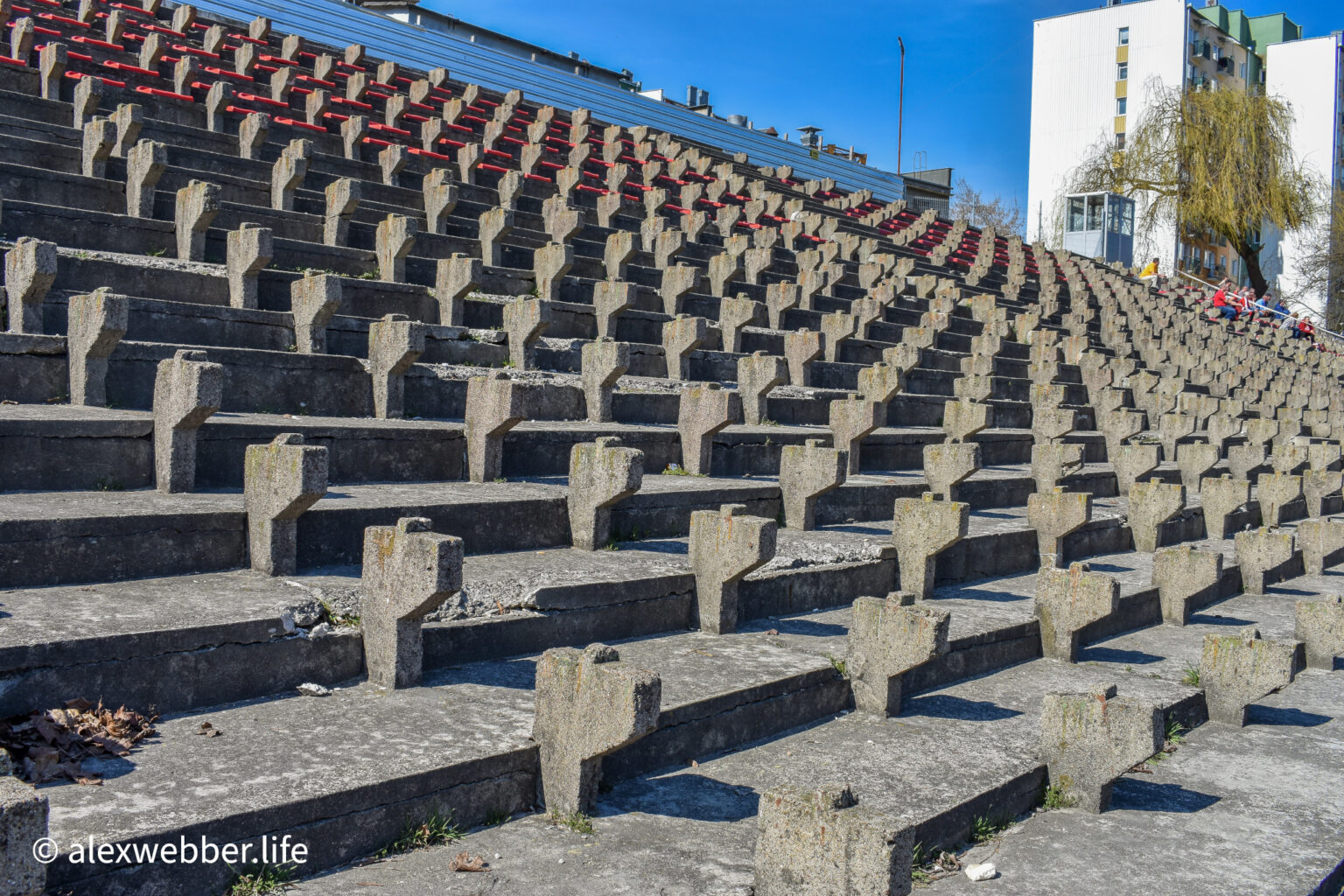
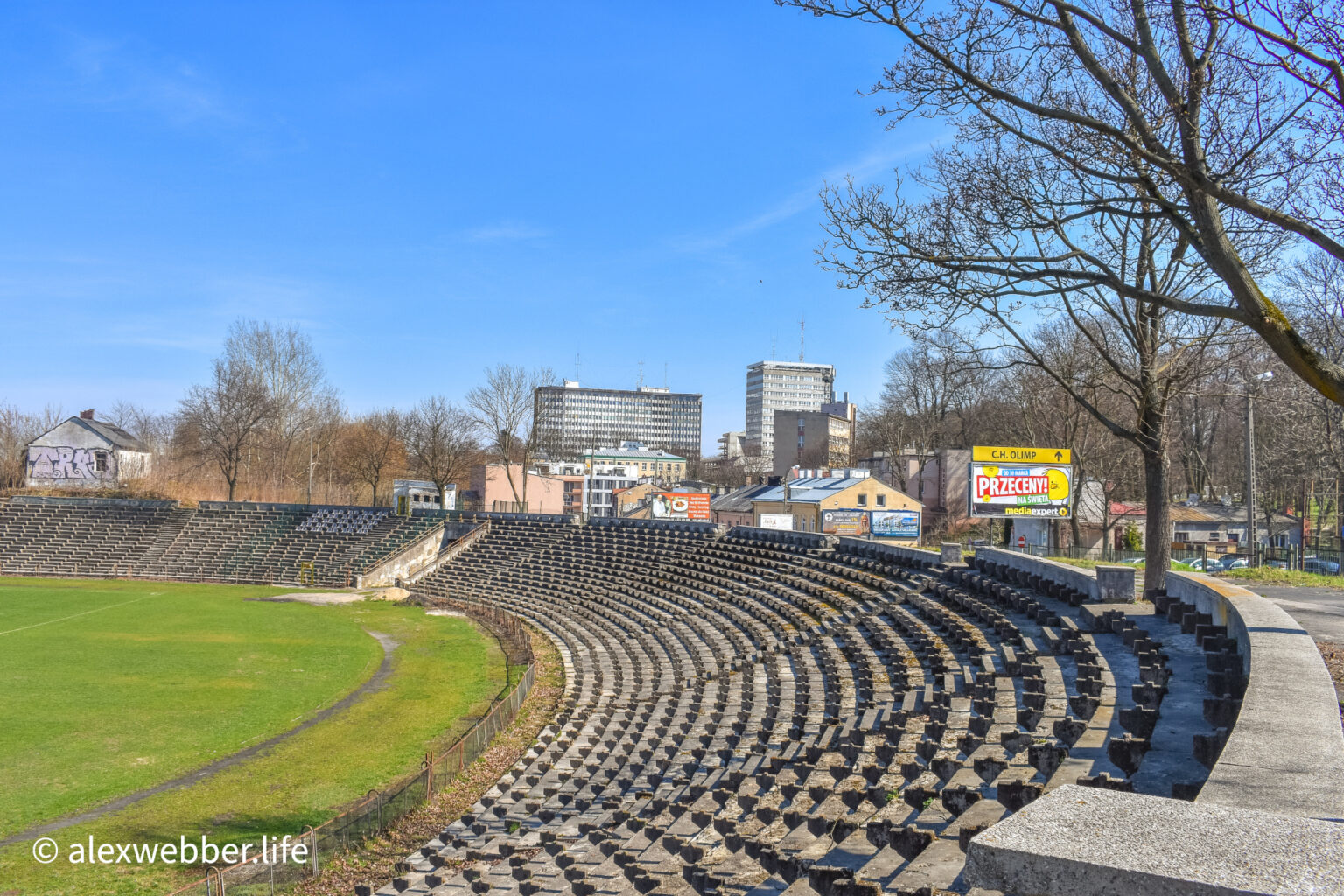



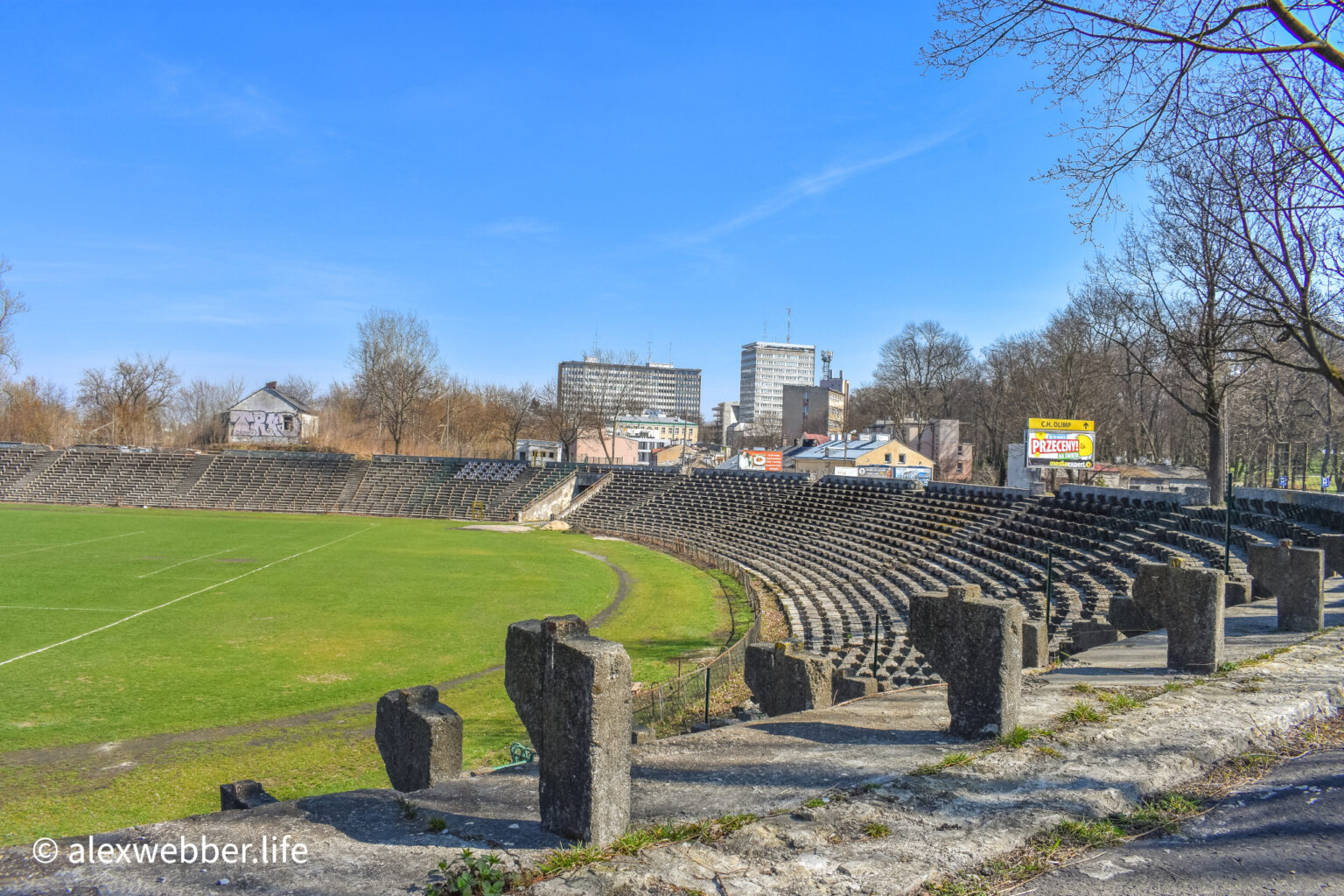
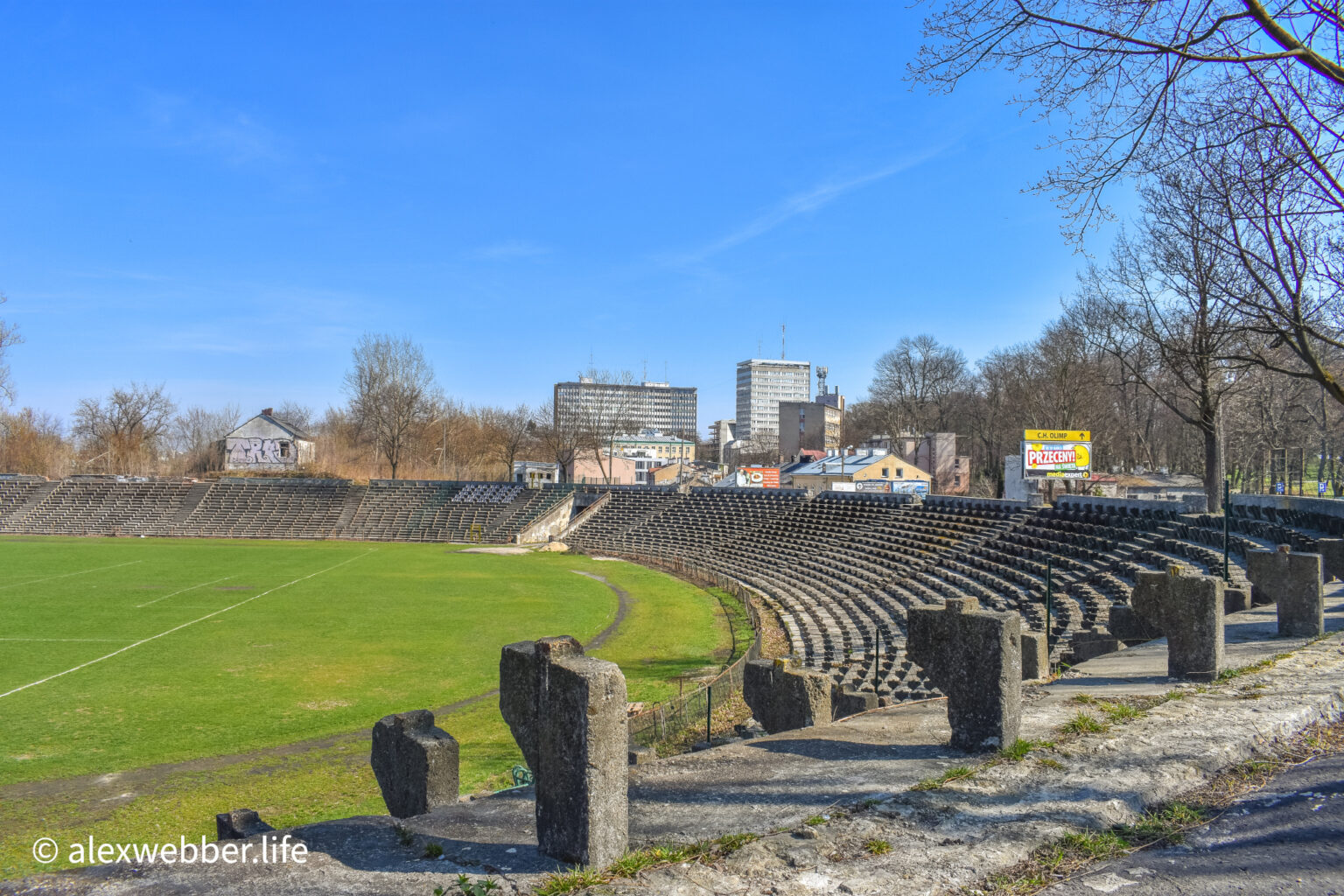

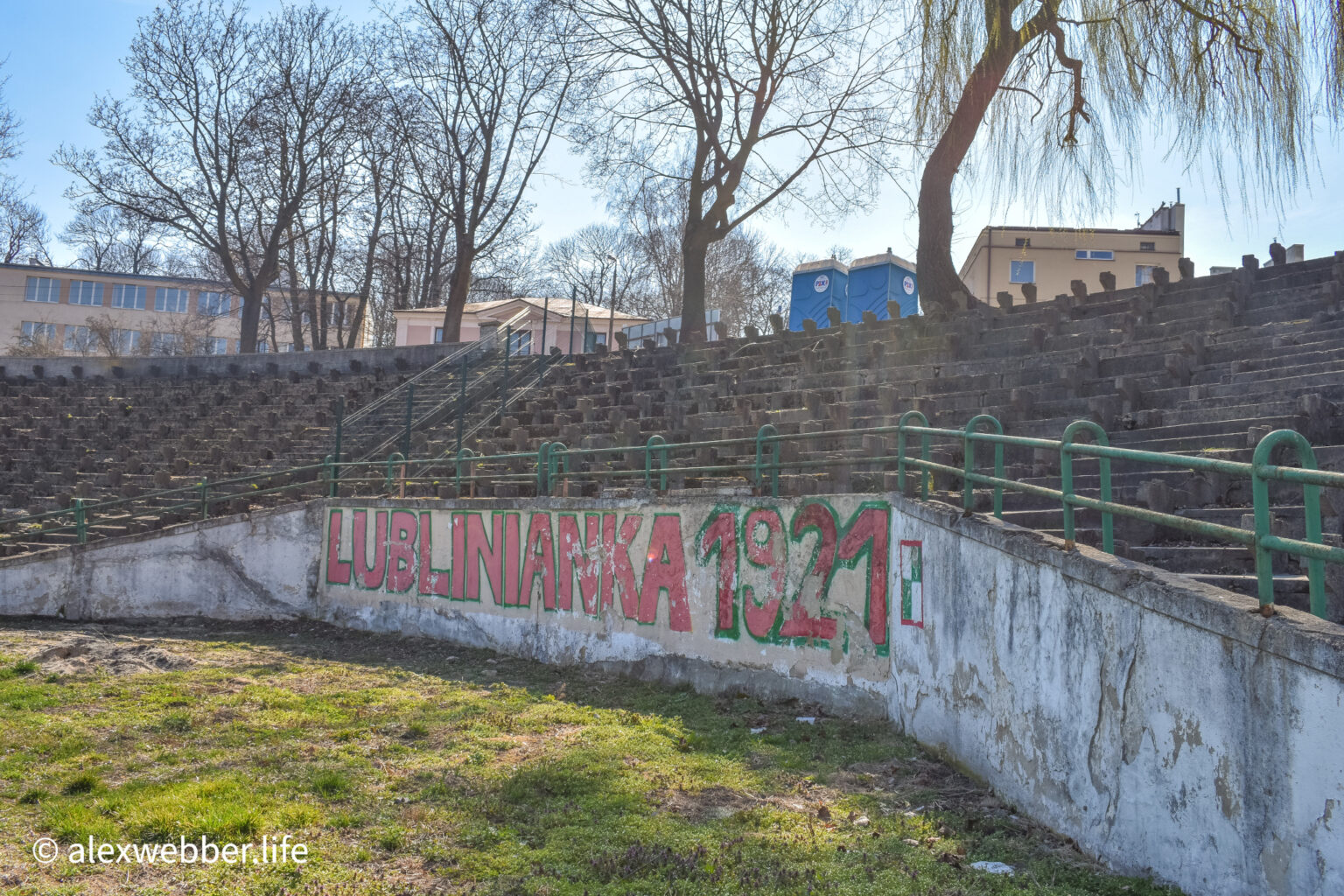
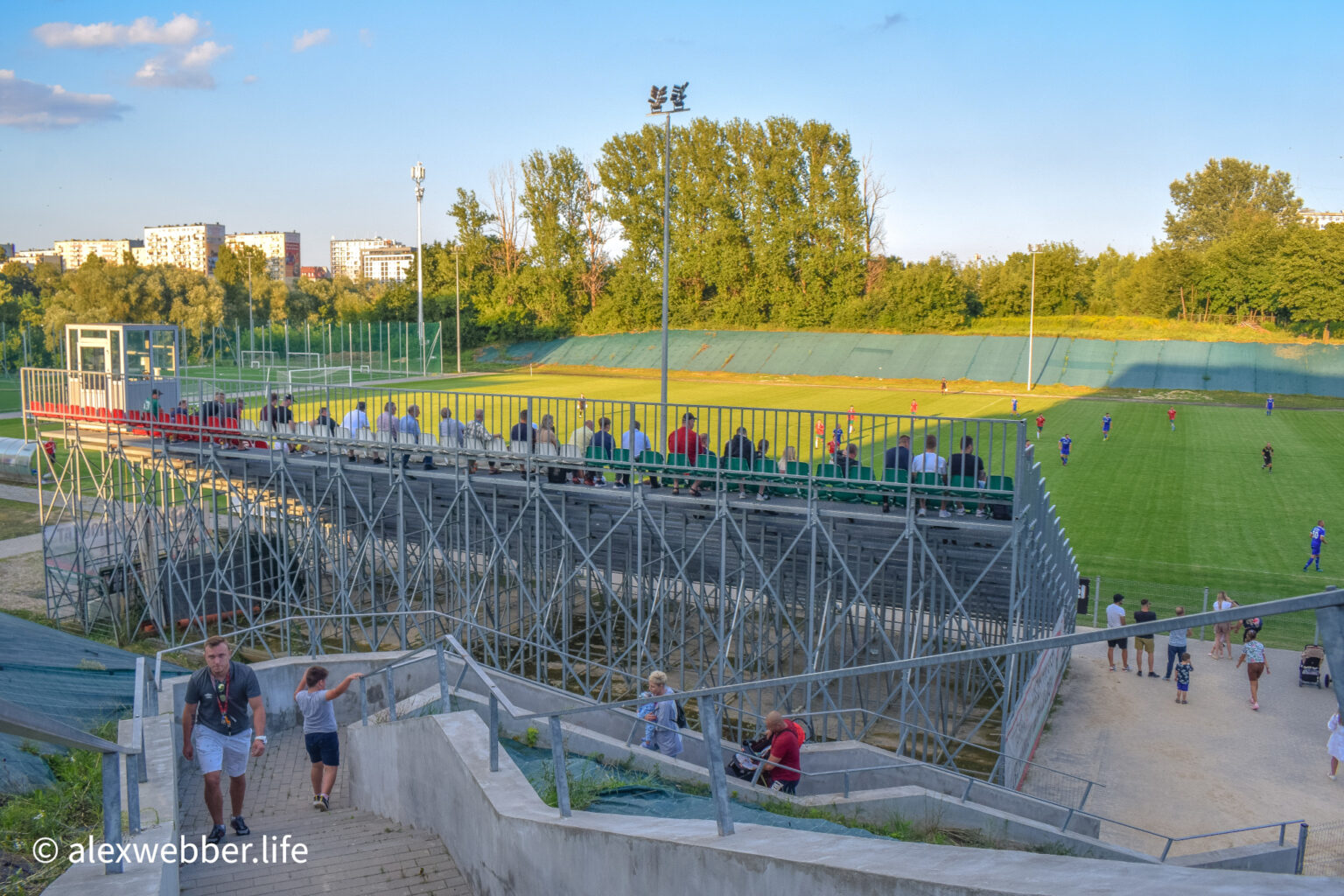

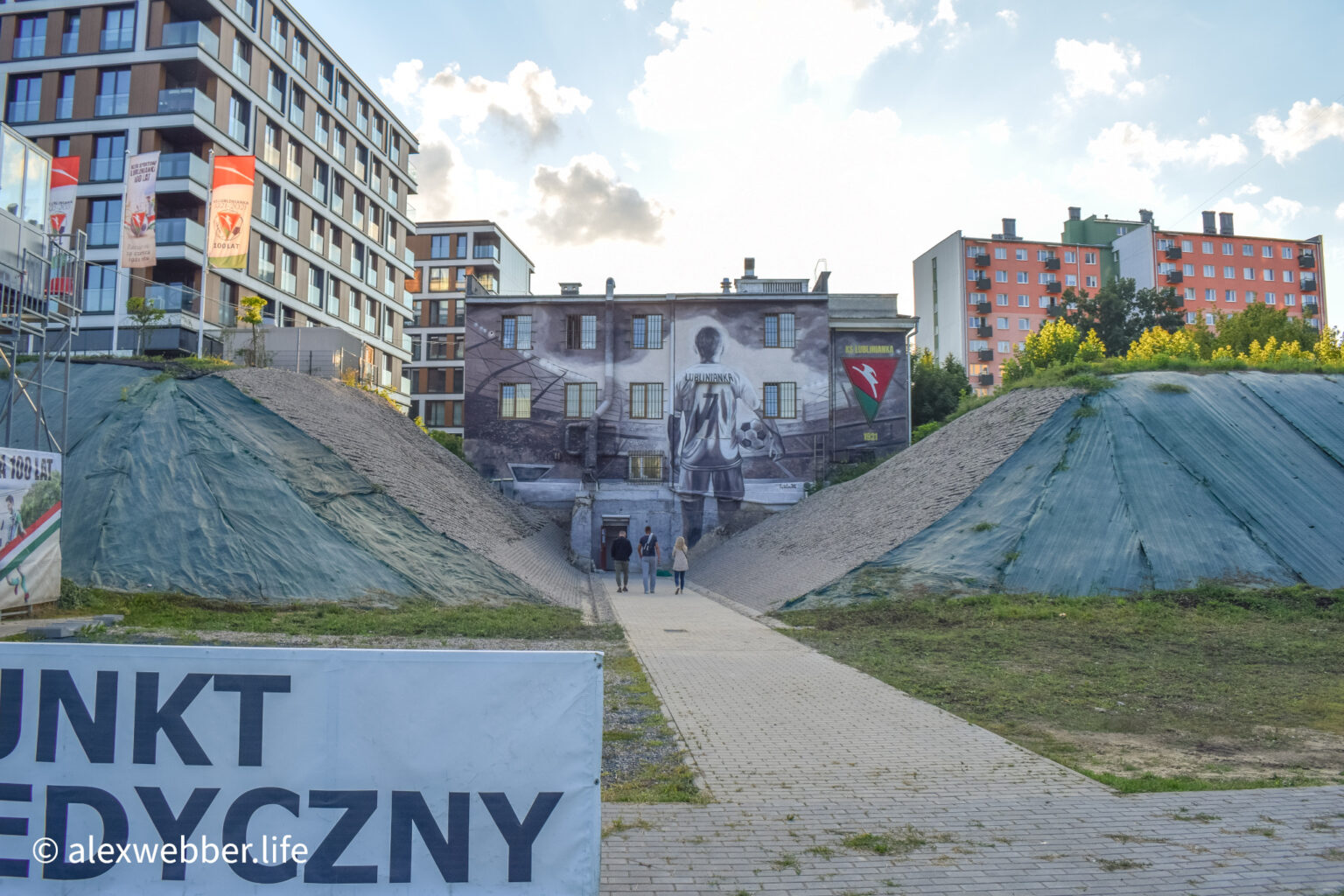




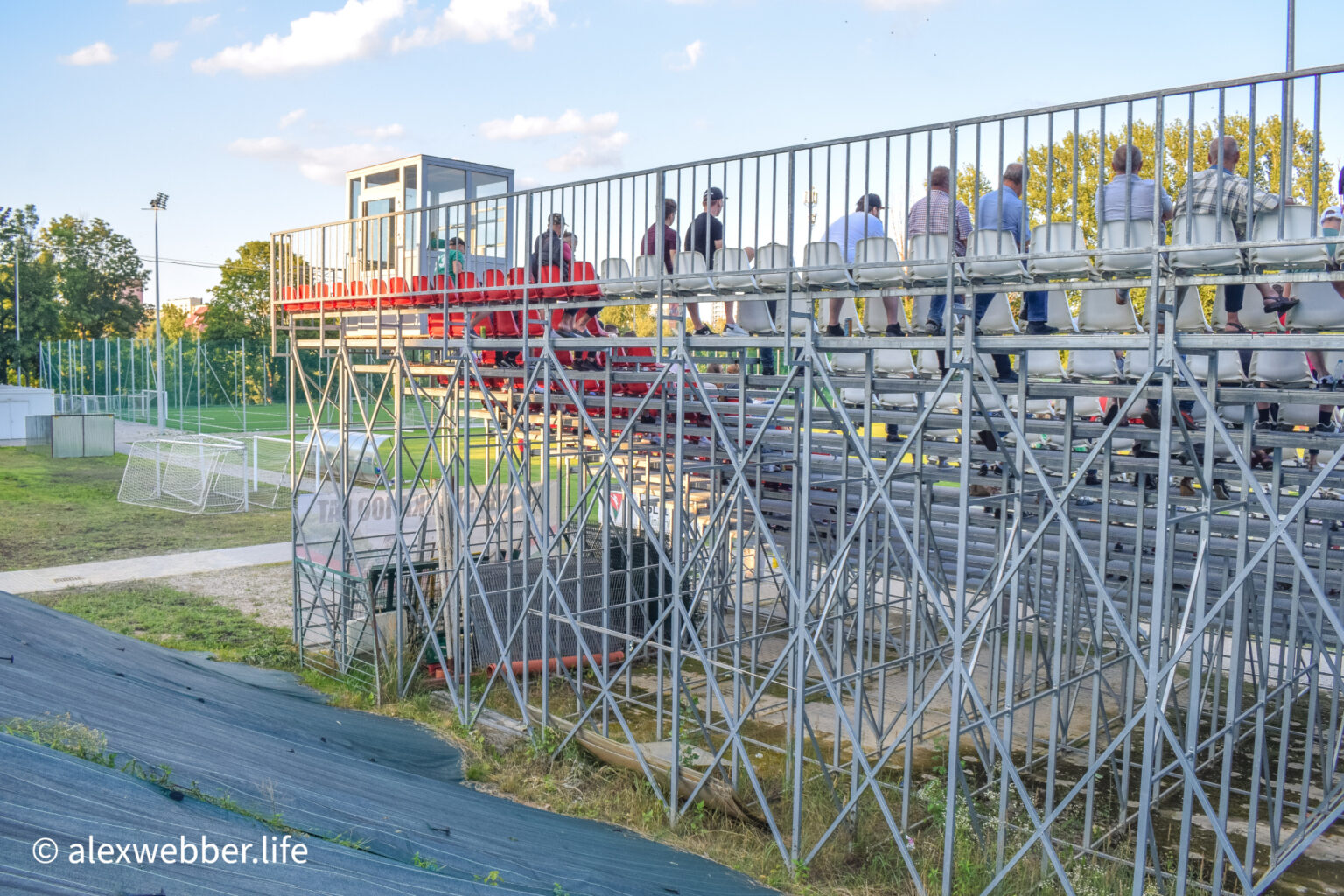

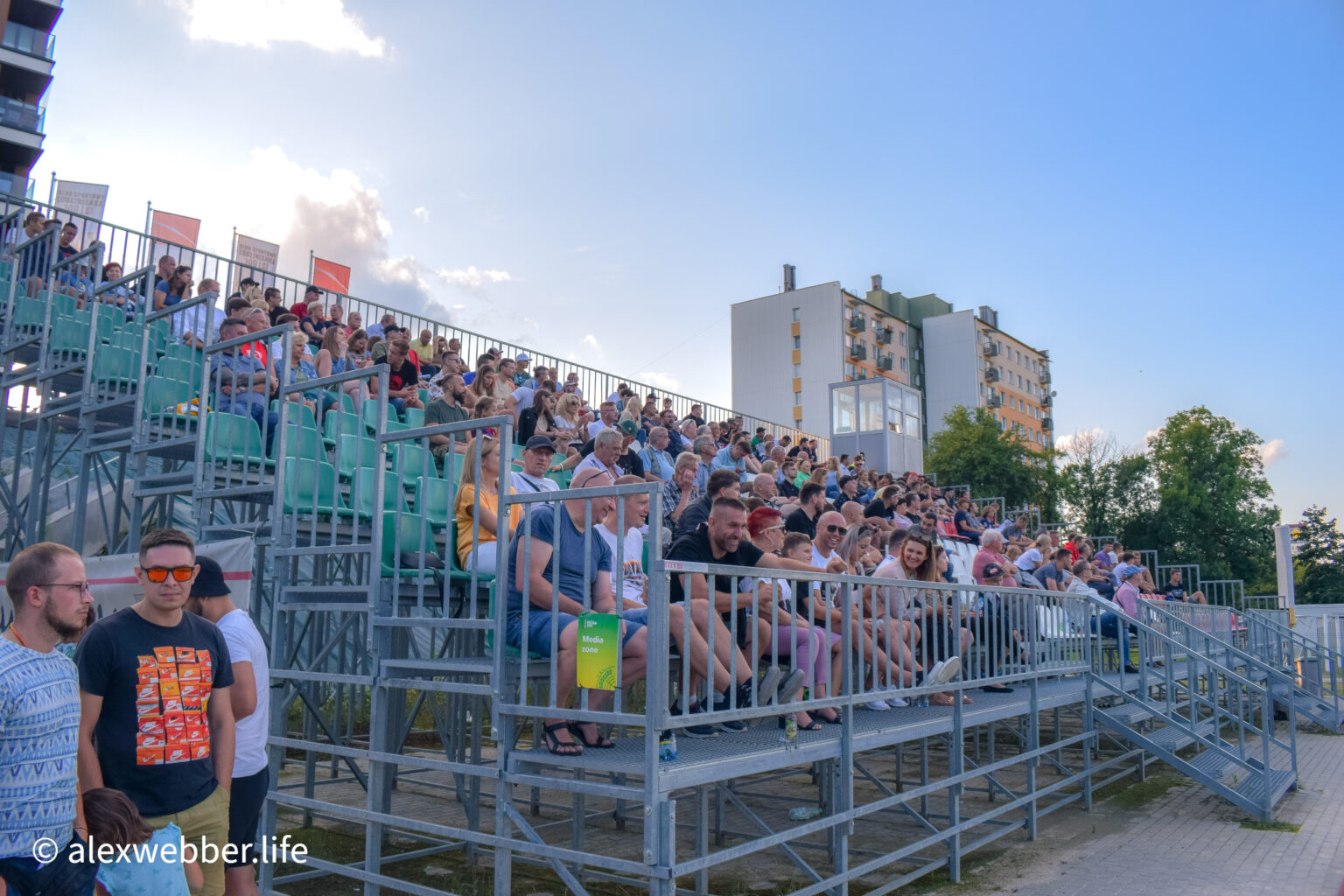
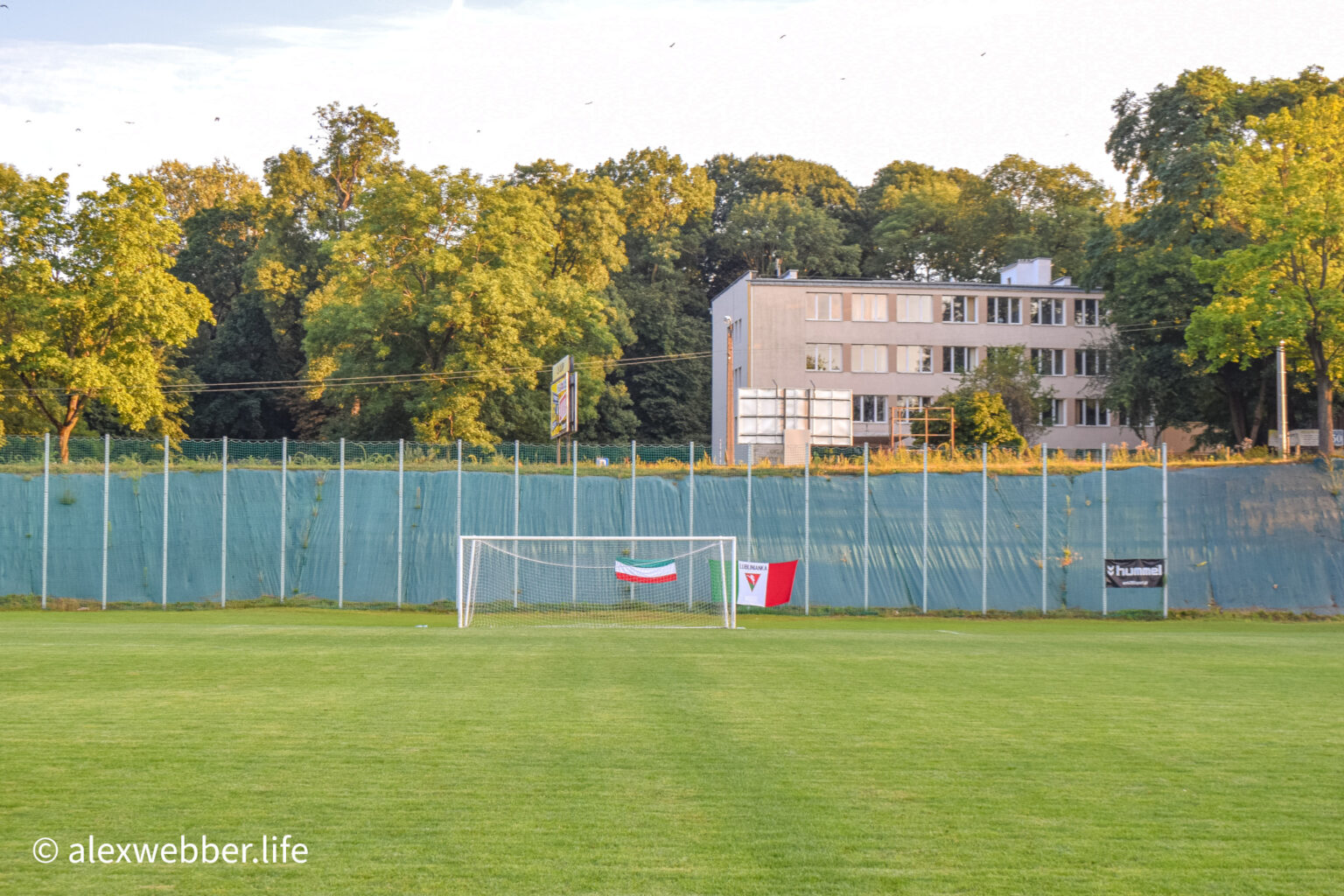

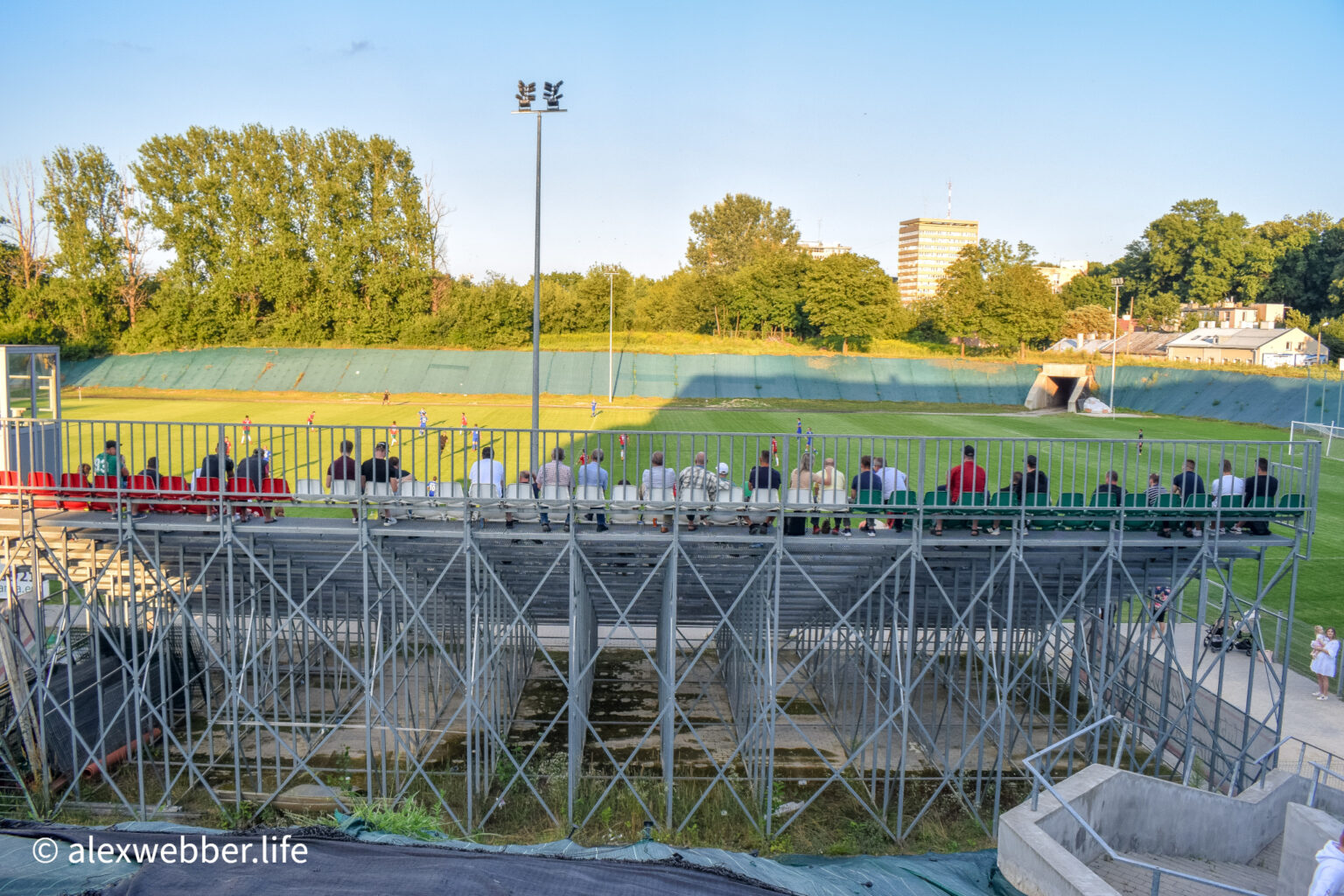



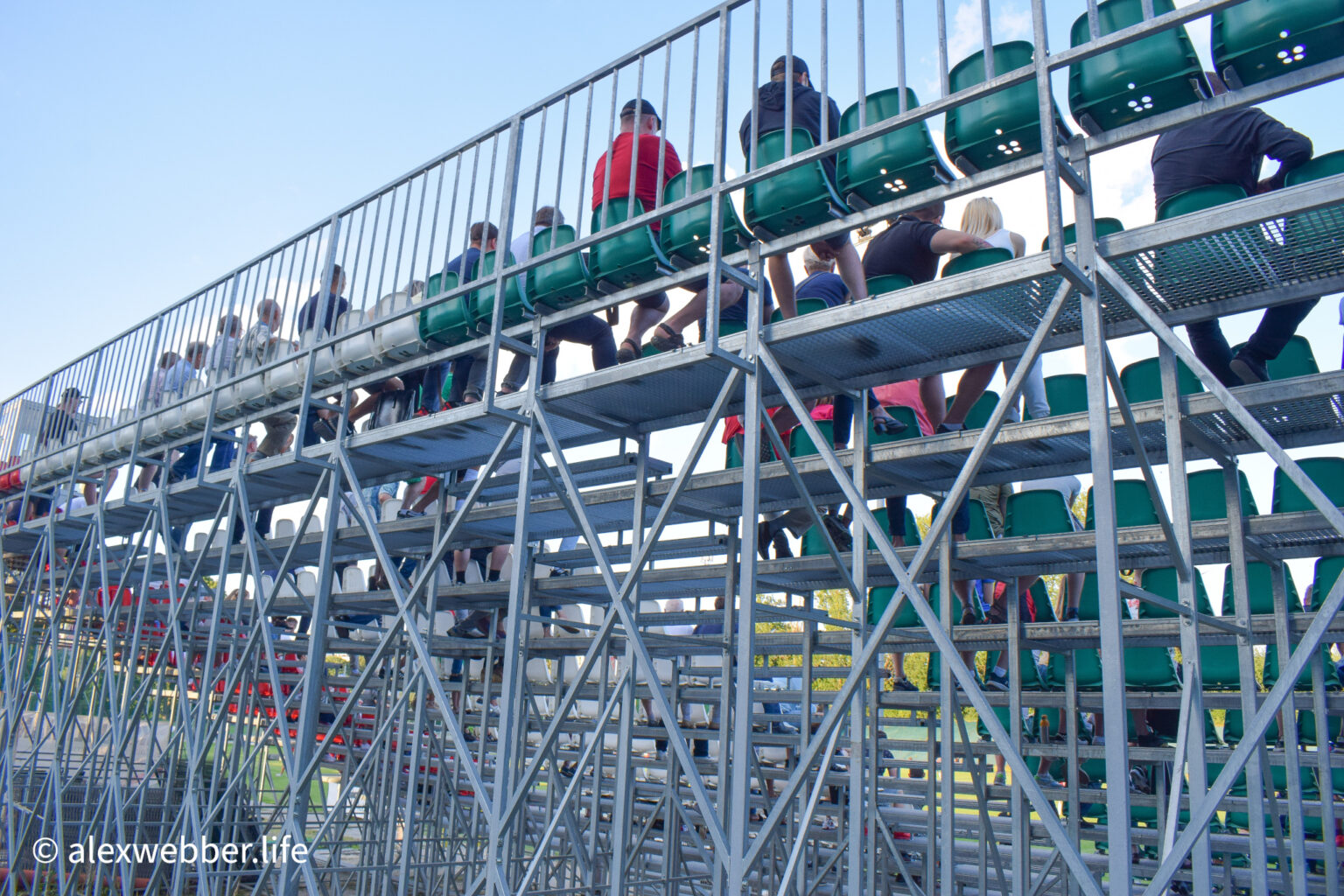
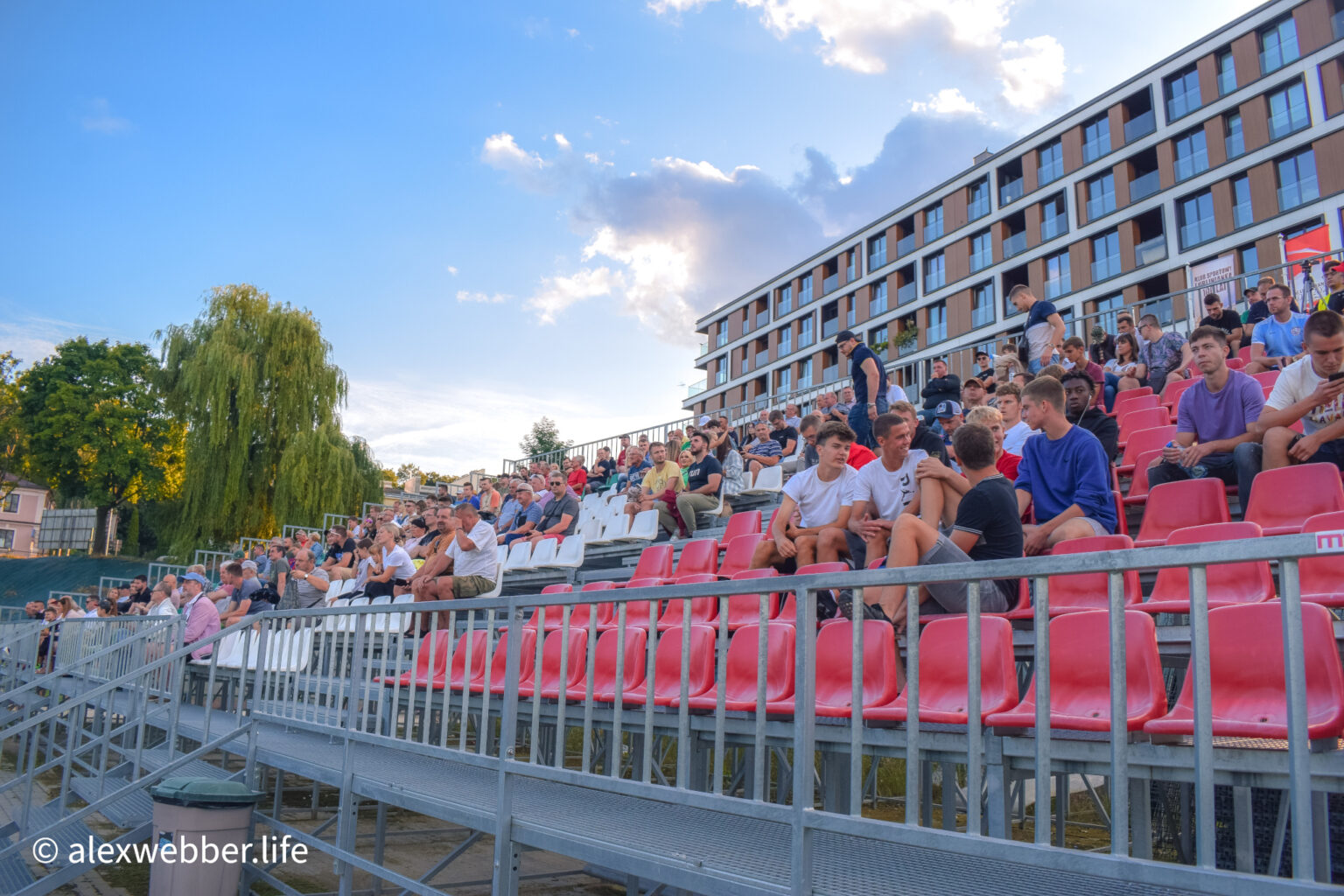
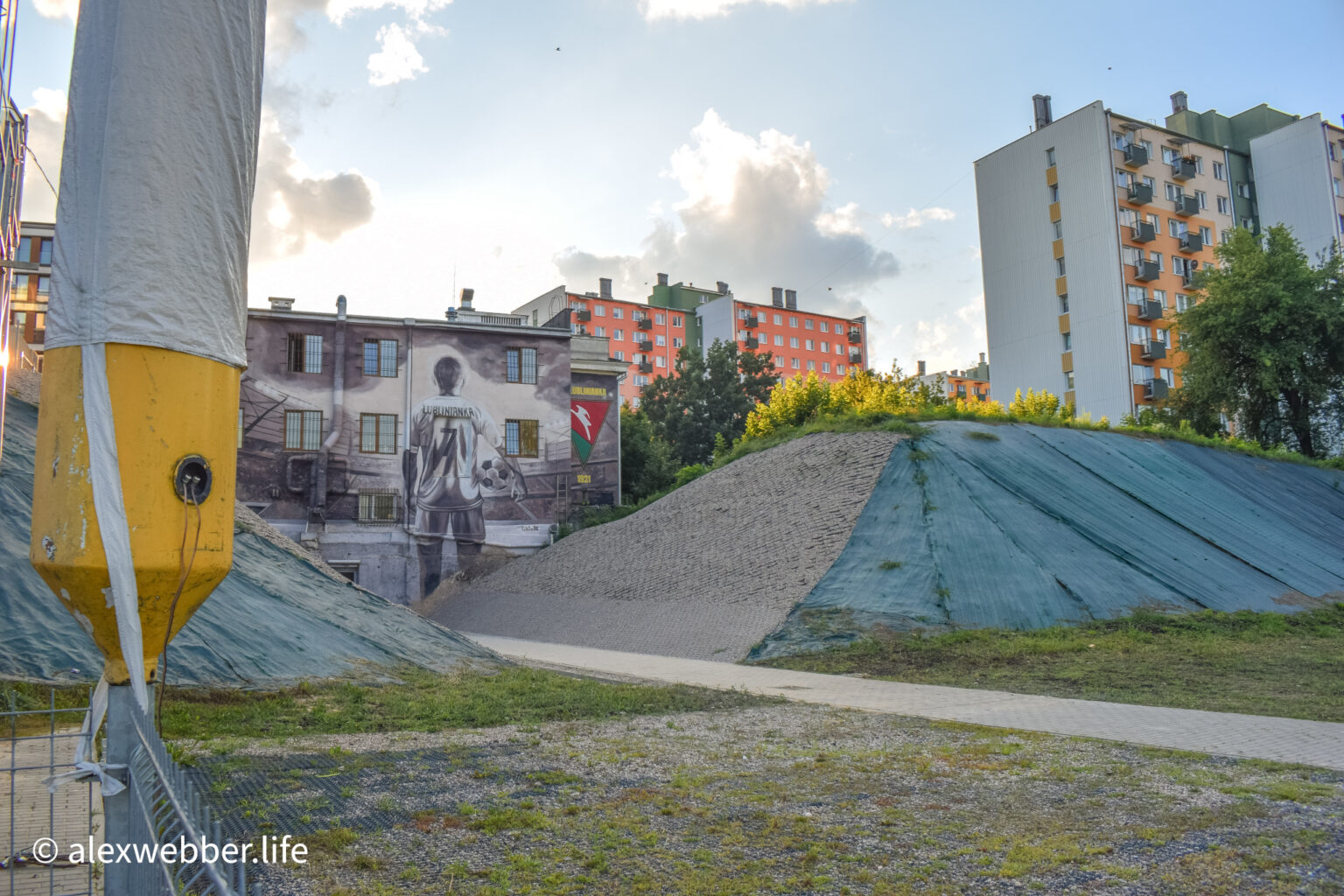


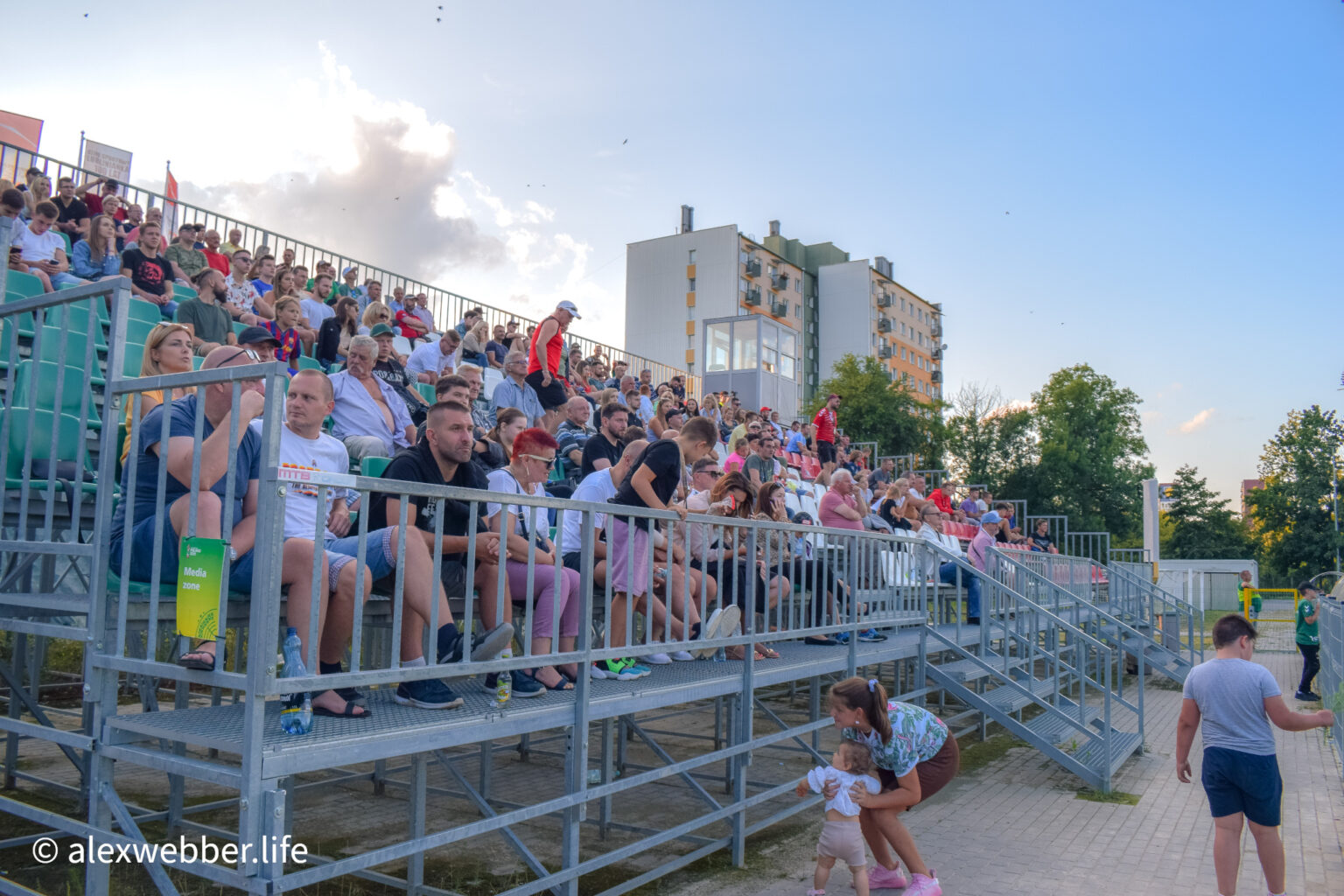
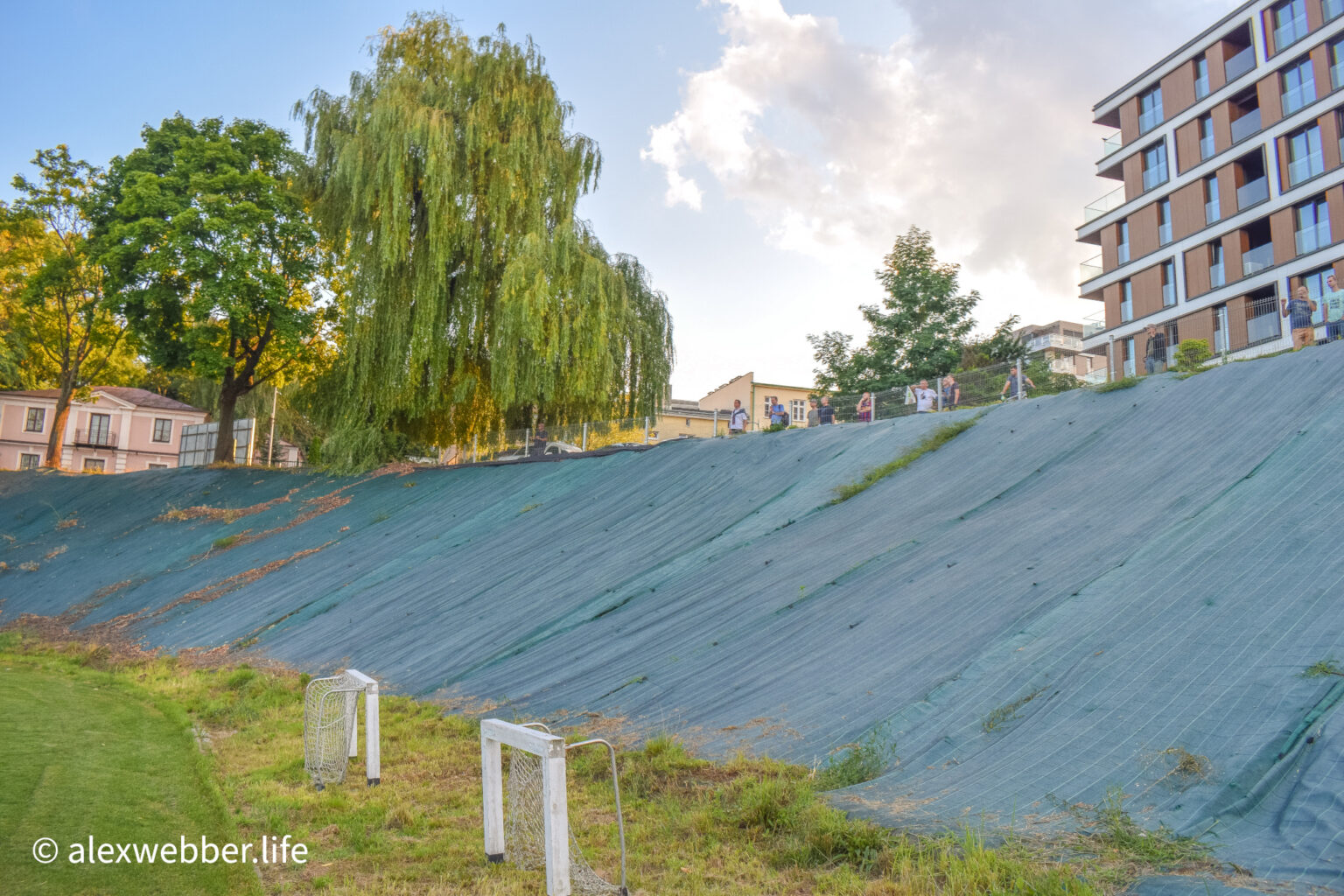


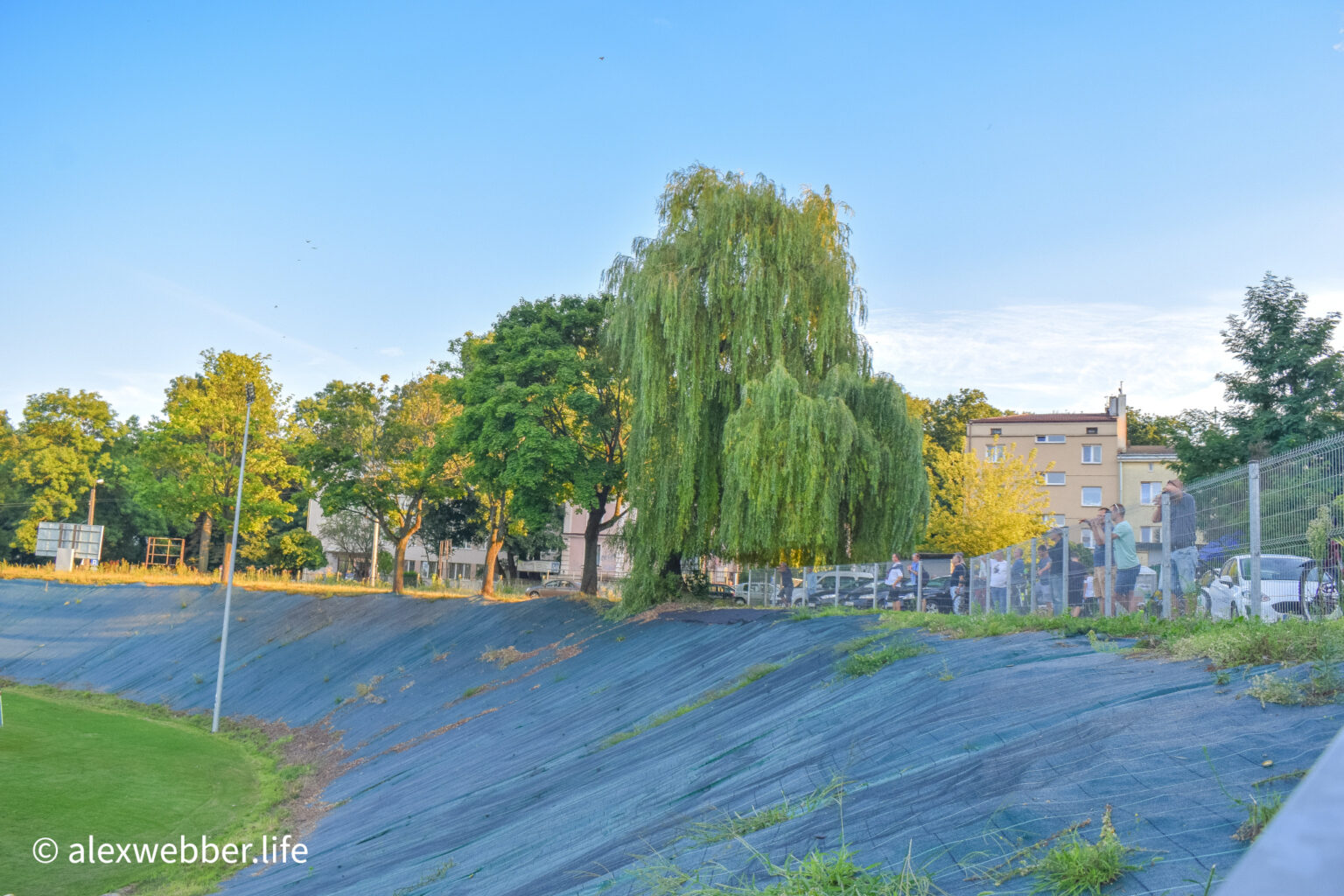
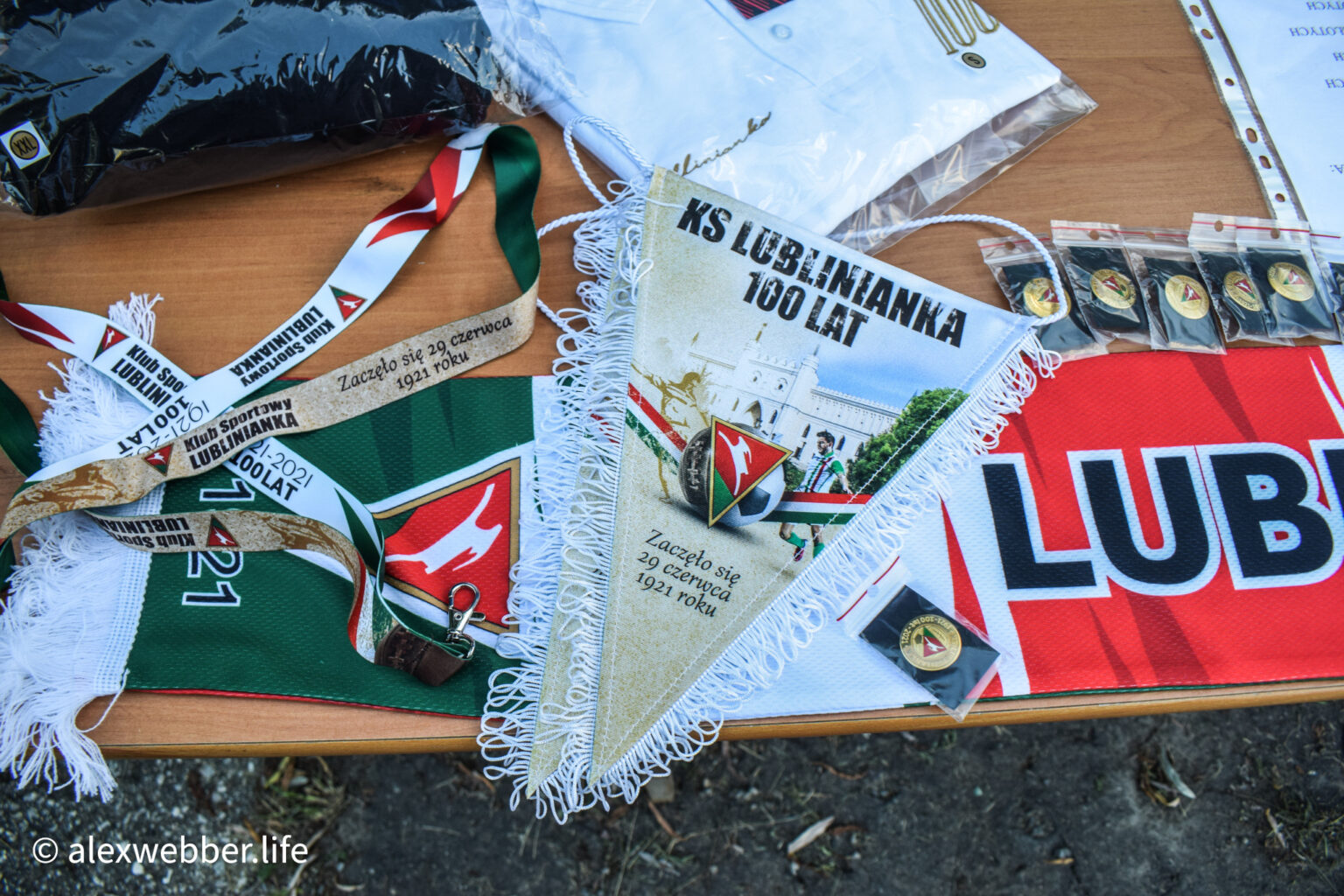

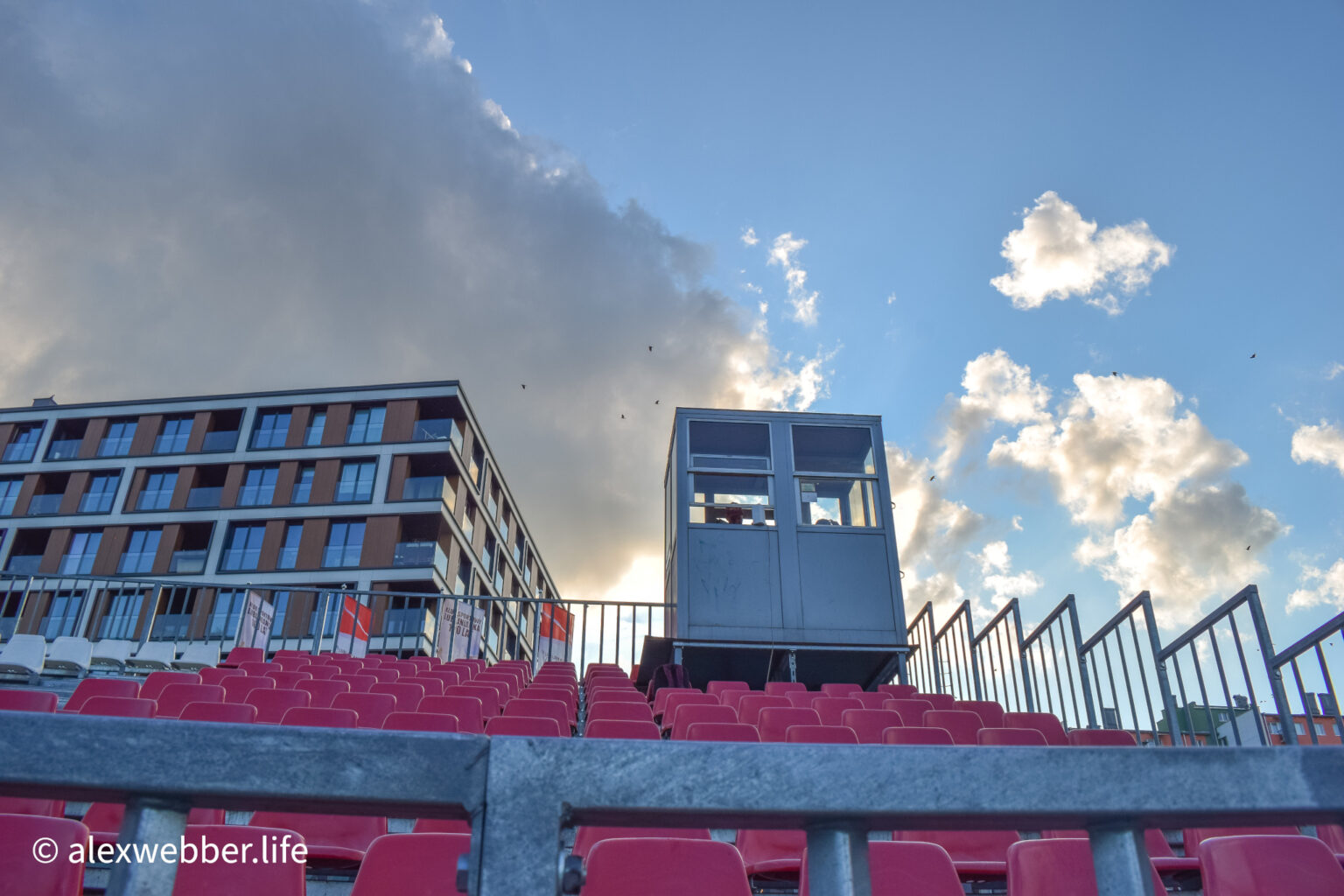
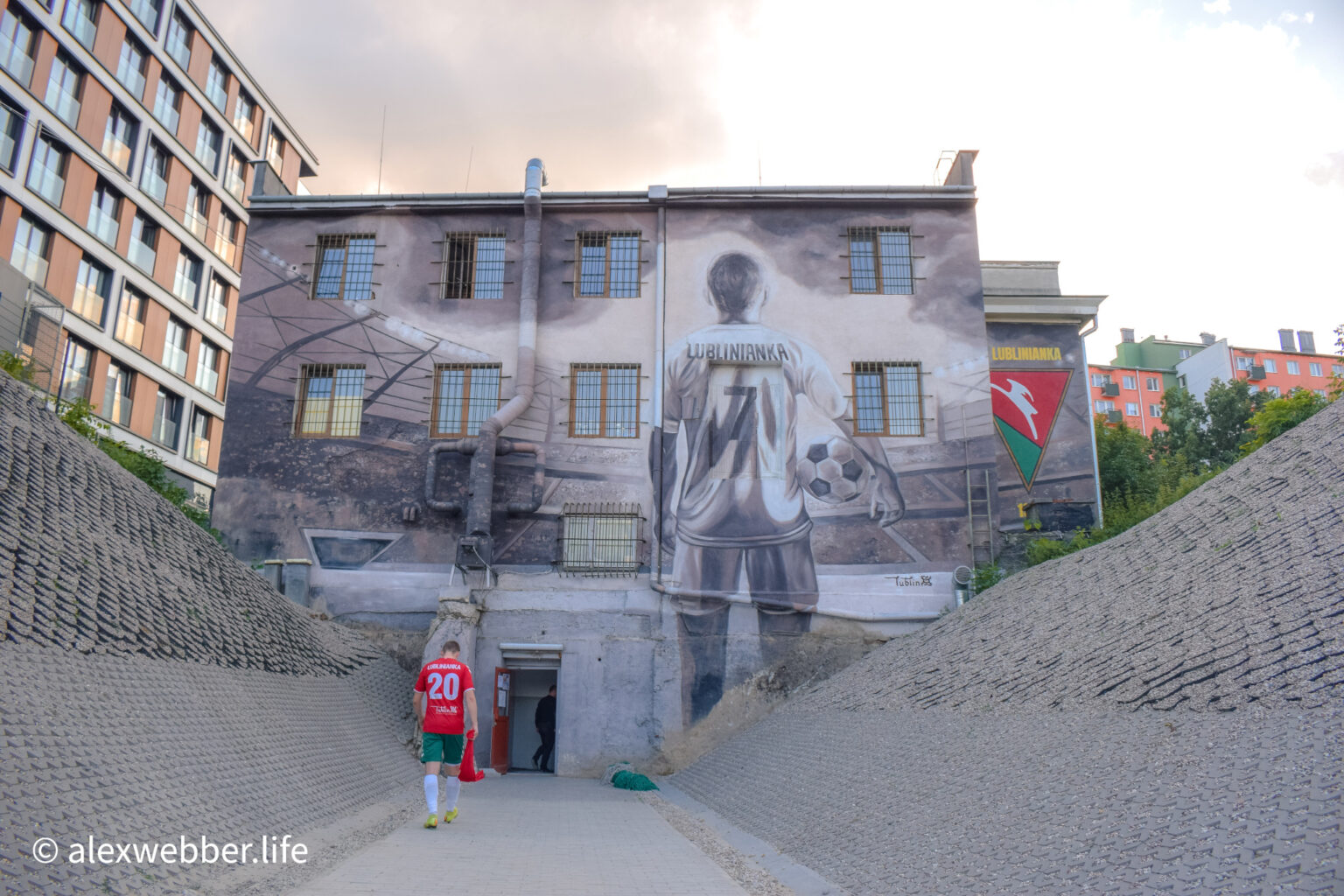

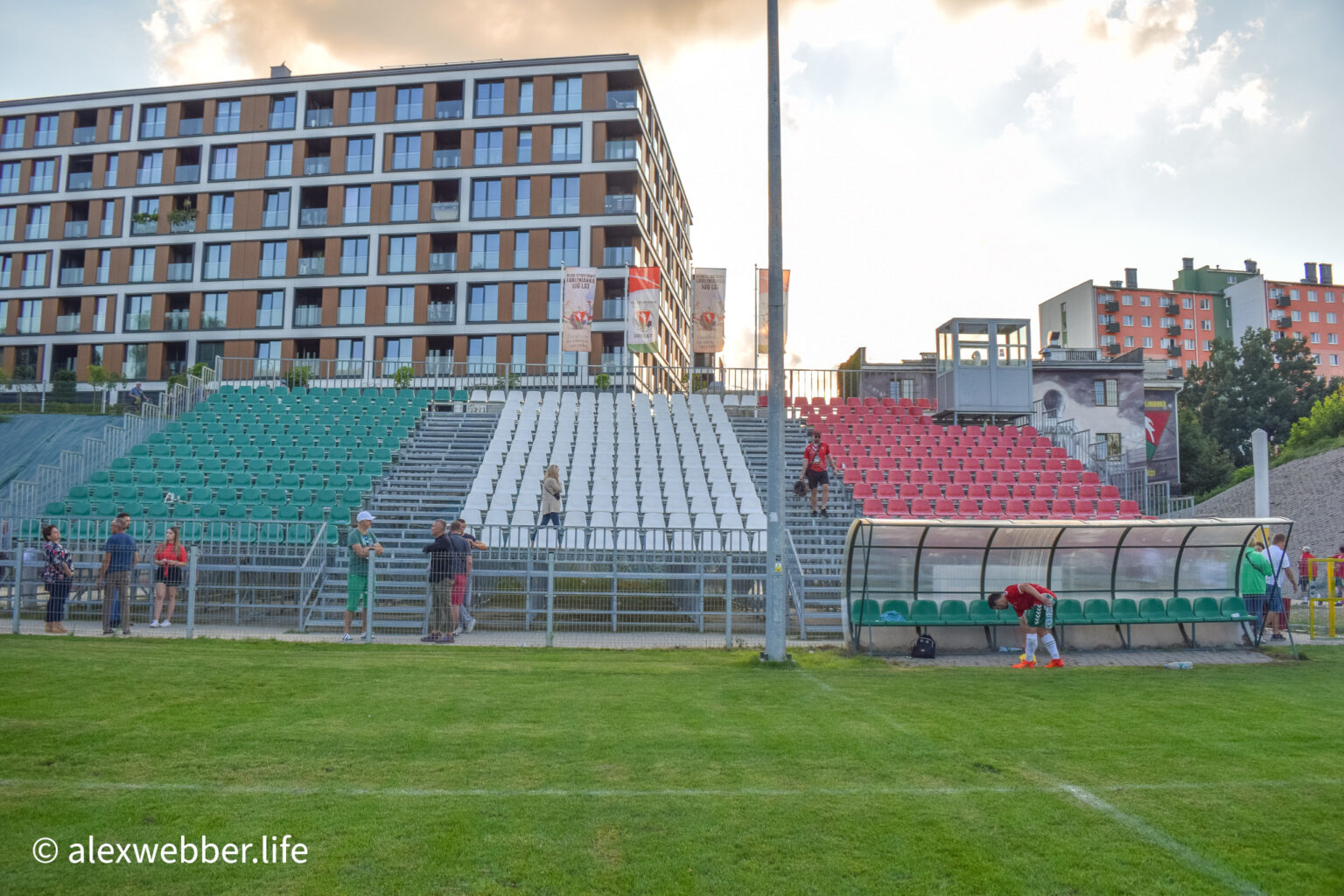


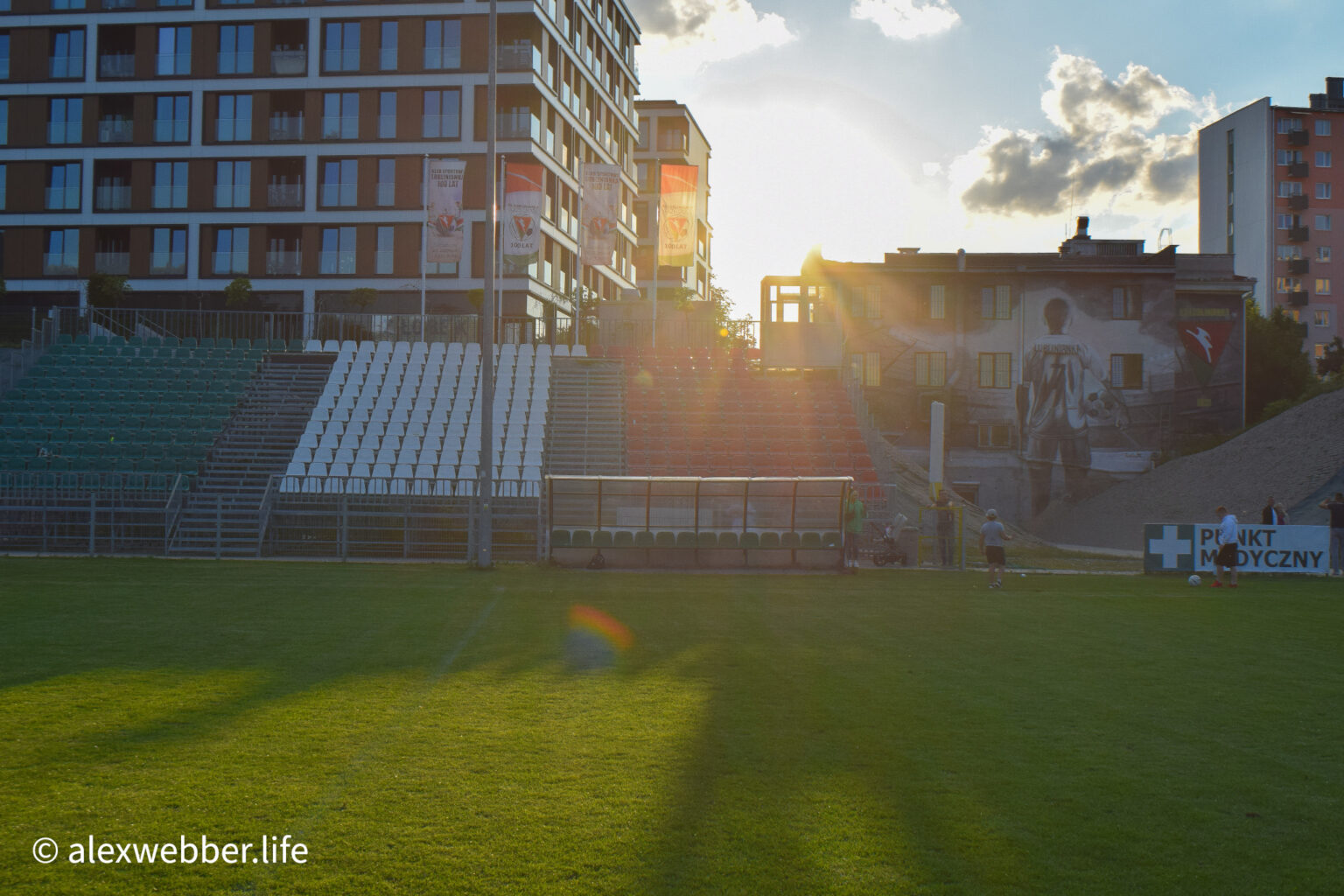


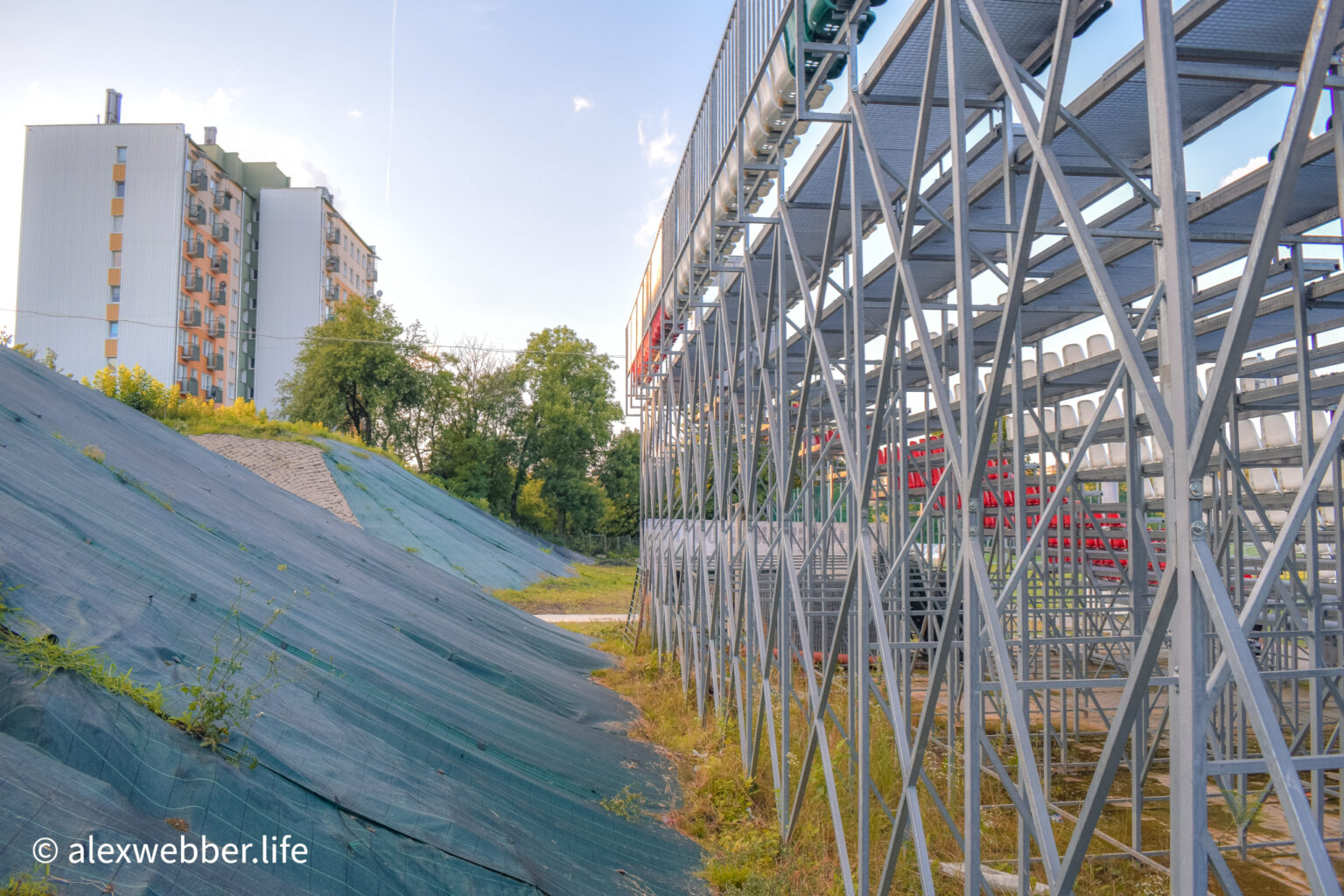
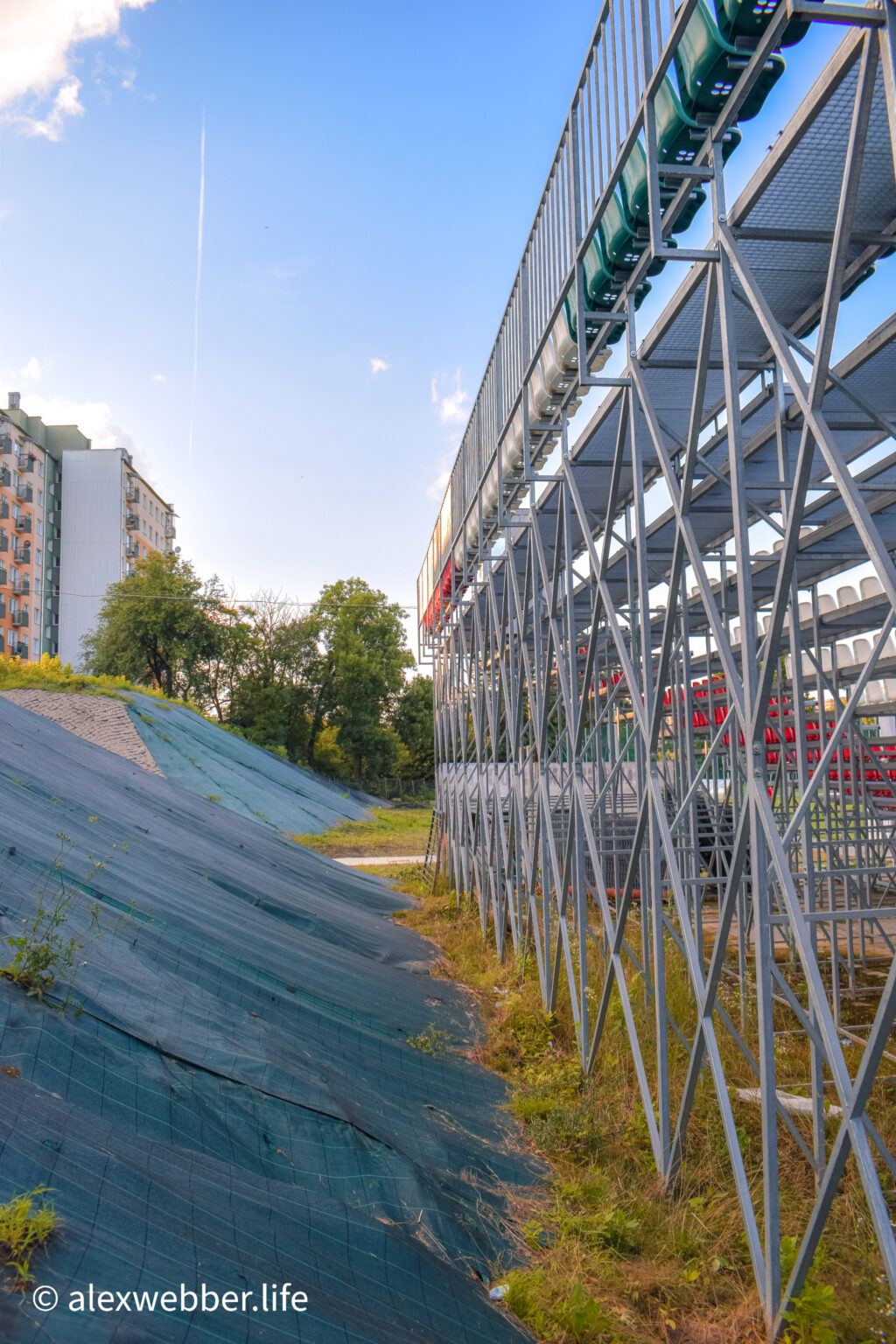






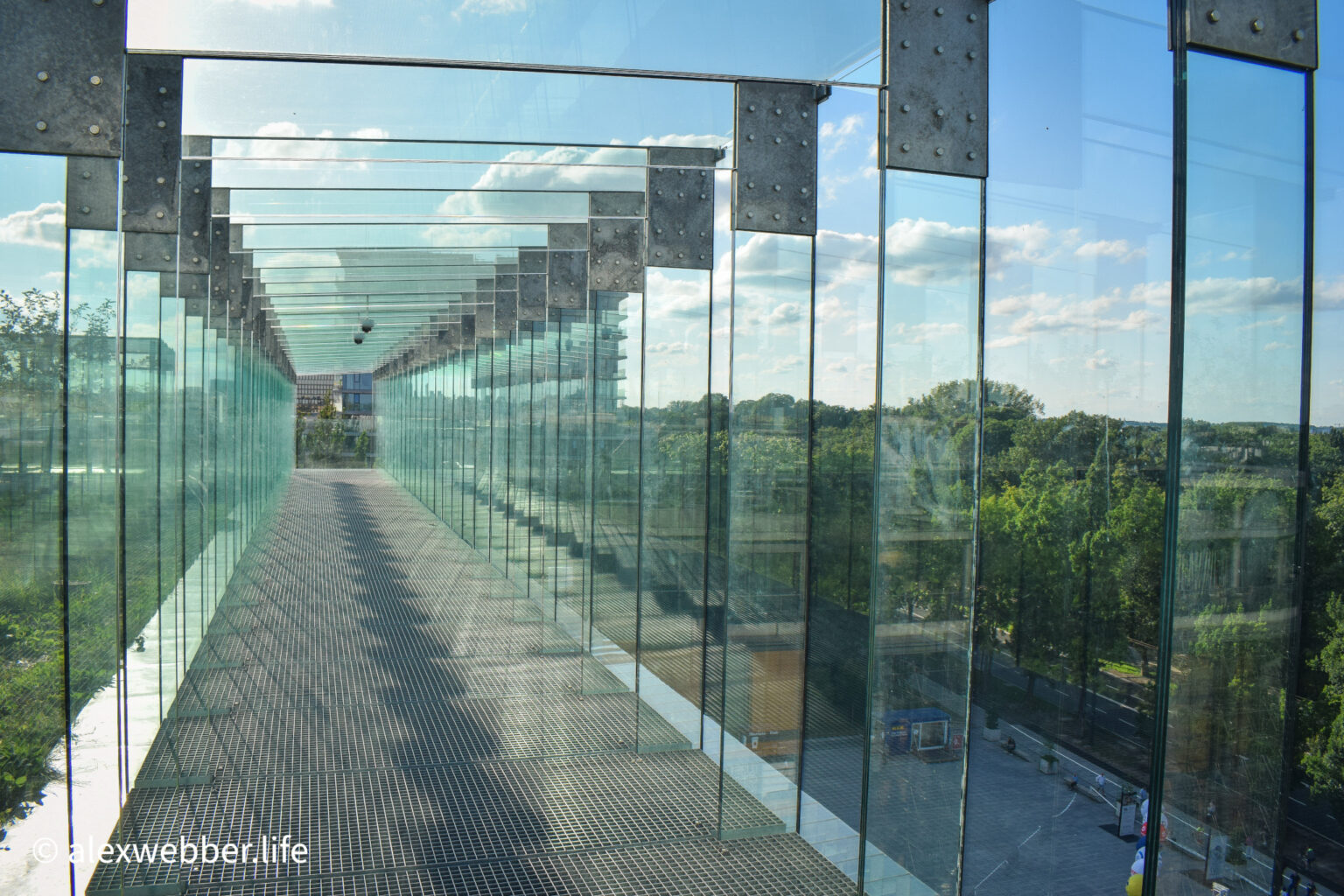
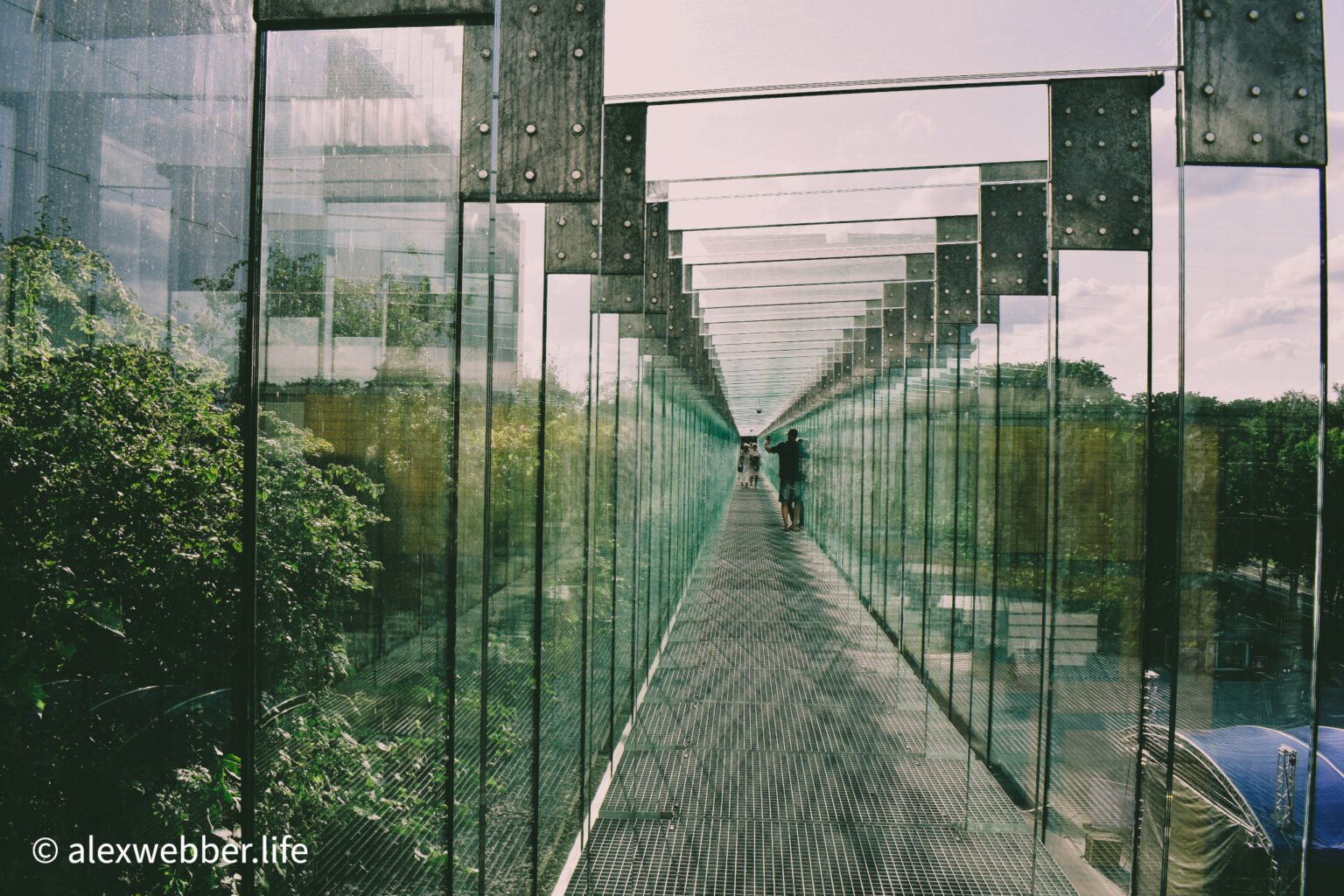
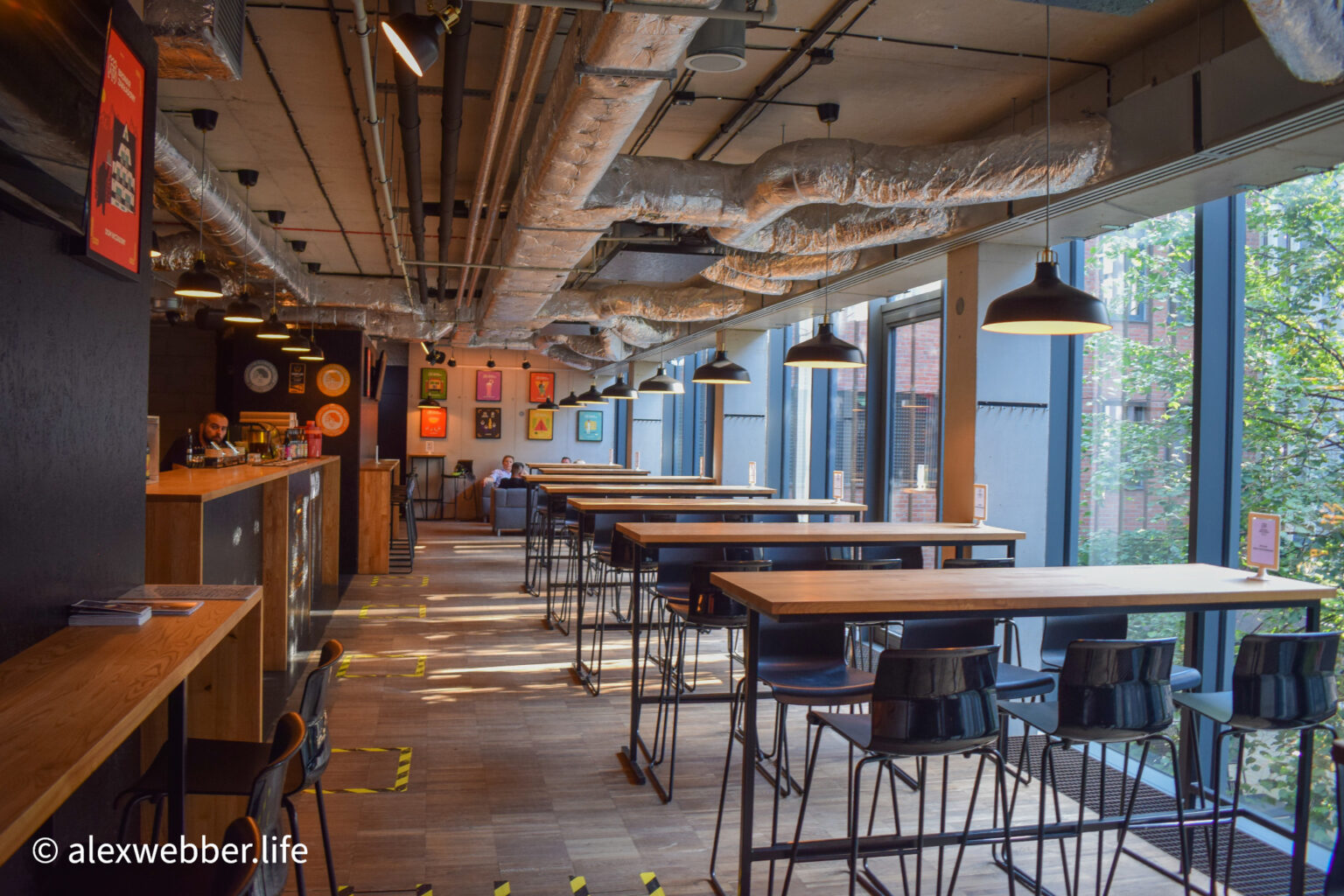





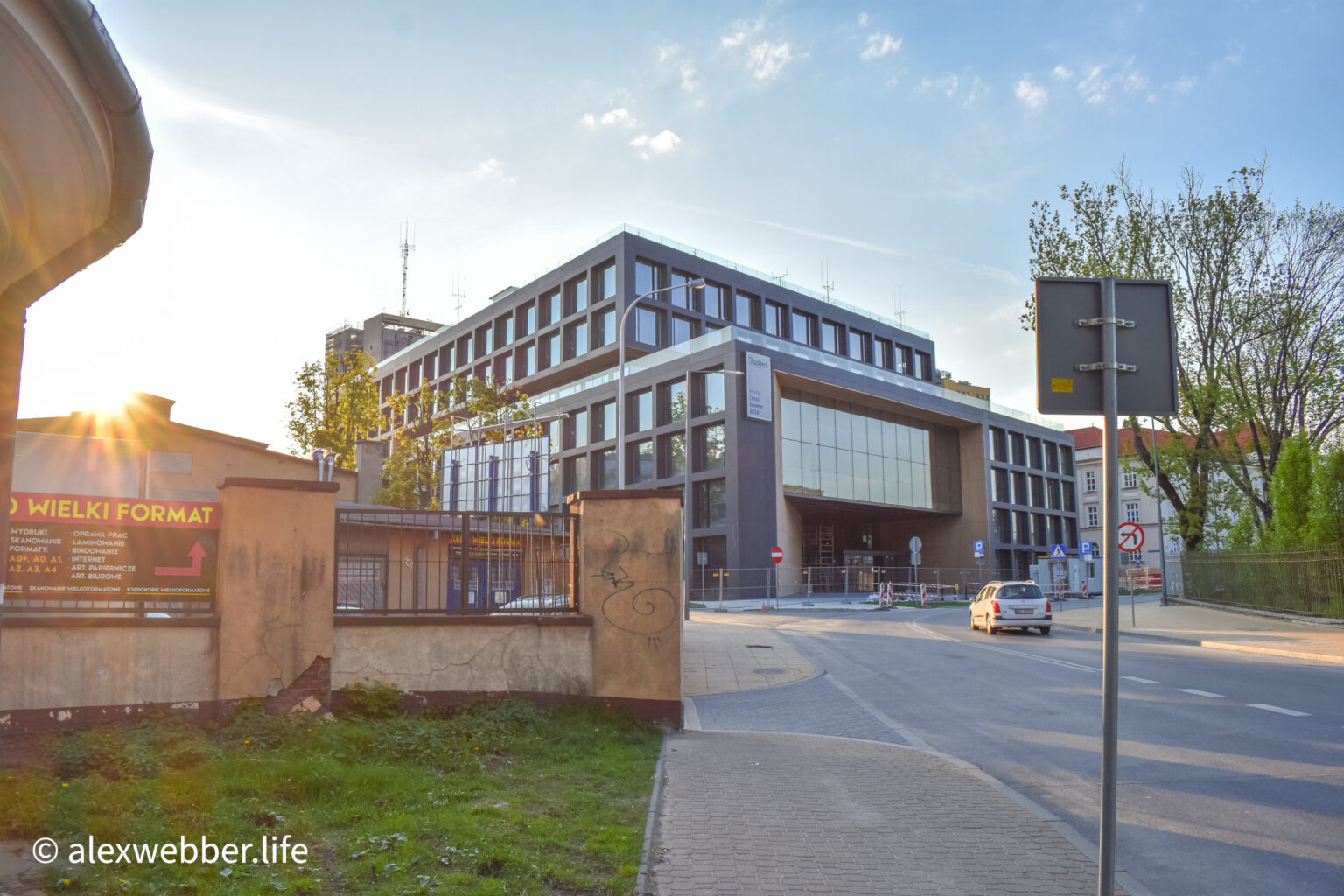
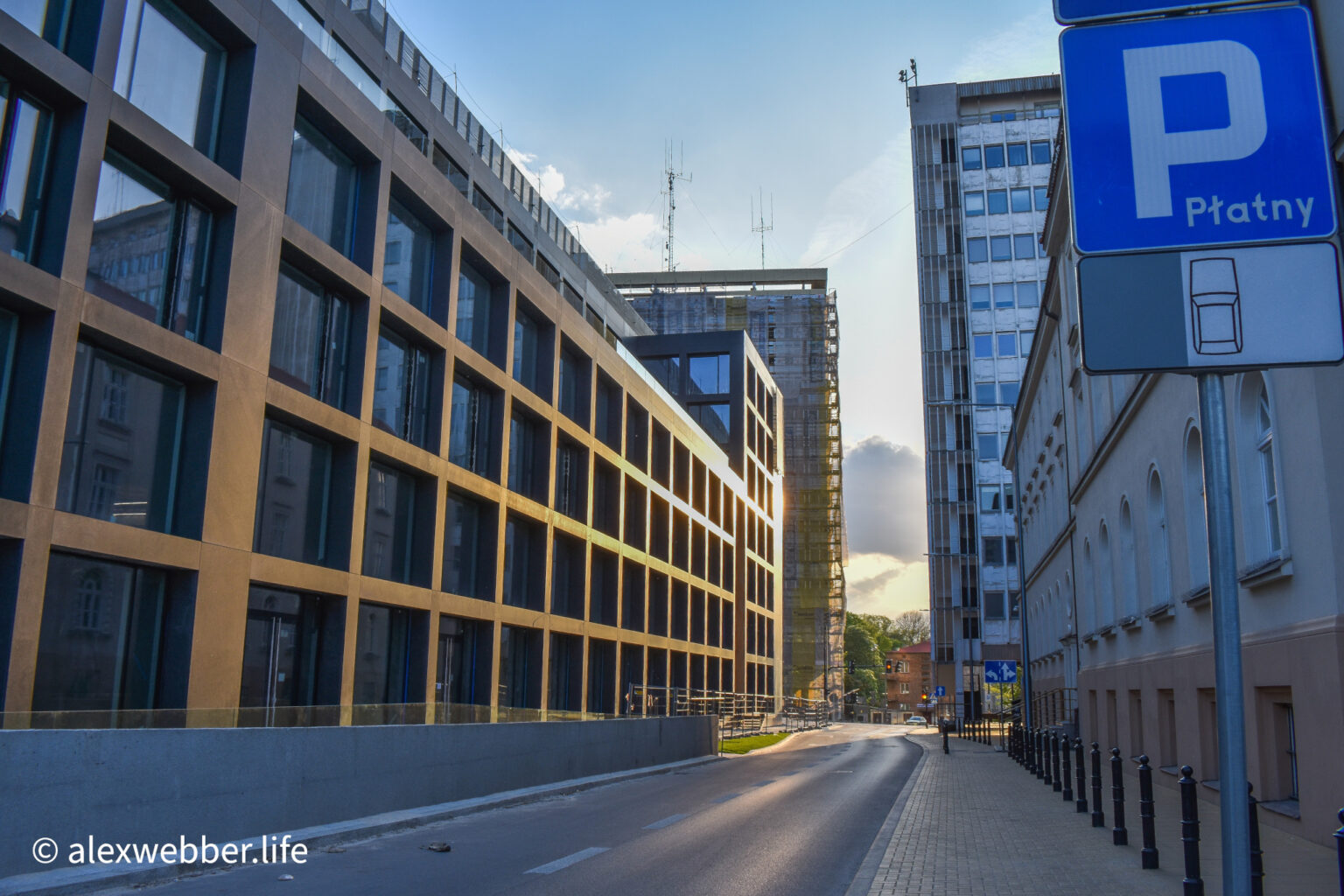



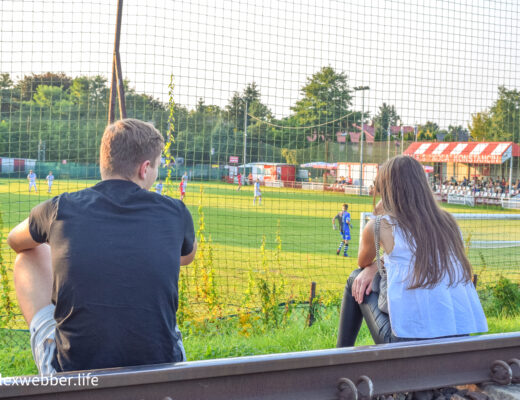

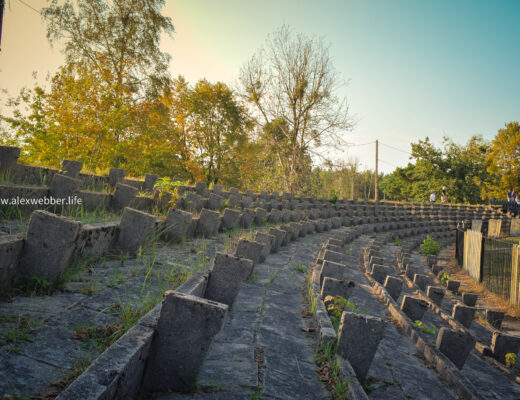



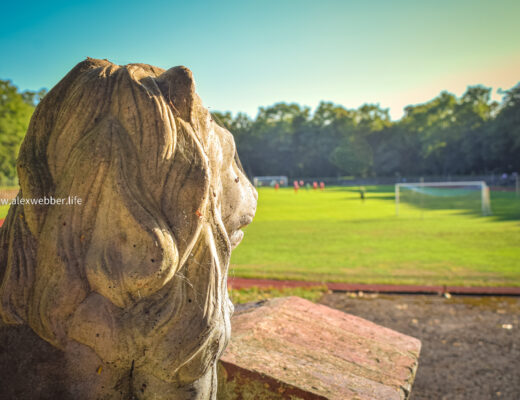
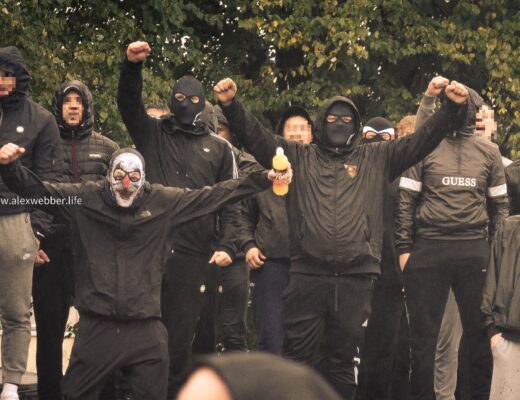

No Comments